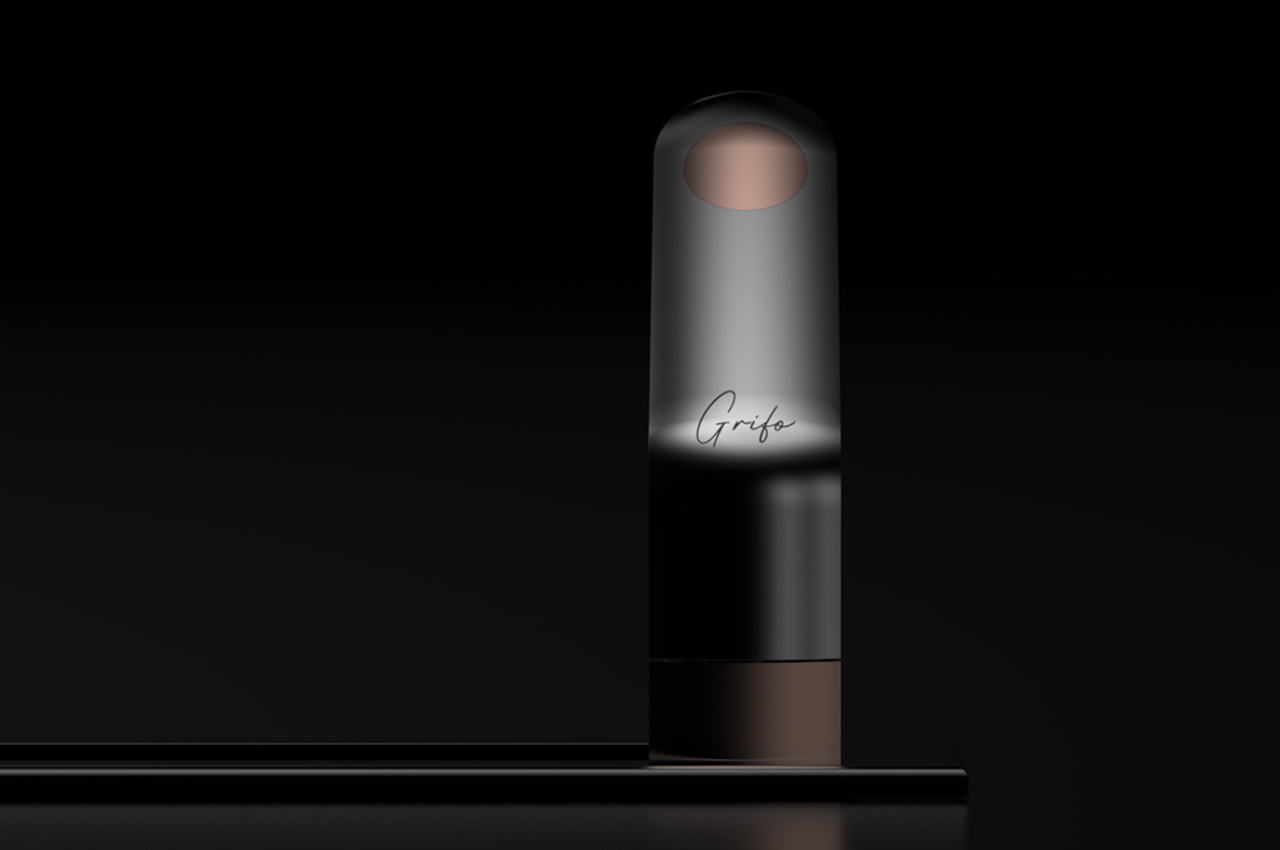
Dishwashing has long been an important aspect of Indian culture, with traditional methods incorporating the use of natural materials such as ash, clay, or neem leaves. However, as time passed, the advent of soap and detergents resulted in the development of new dishwashing procedures. While manual labor is still the most common technique of dishwashing in many Indian houses, the rise of contemporary machines such as dishwashers has revolutionized the dishwashing scene, particularly in metropolitan areas. The Grifo-A Sliding Faucet is a revolutionary solution that strives to address the issues connected with traditional dishwashing procedures while also improving the overall experience.
Designer: Shubh Wadel
Rendered on KeyShot: Click Here to Download Your Free Trial Now!
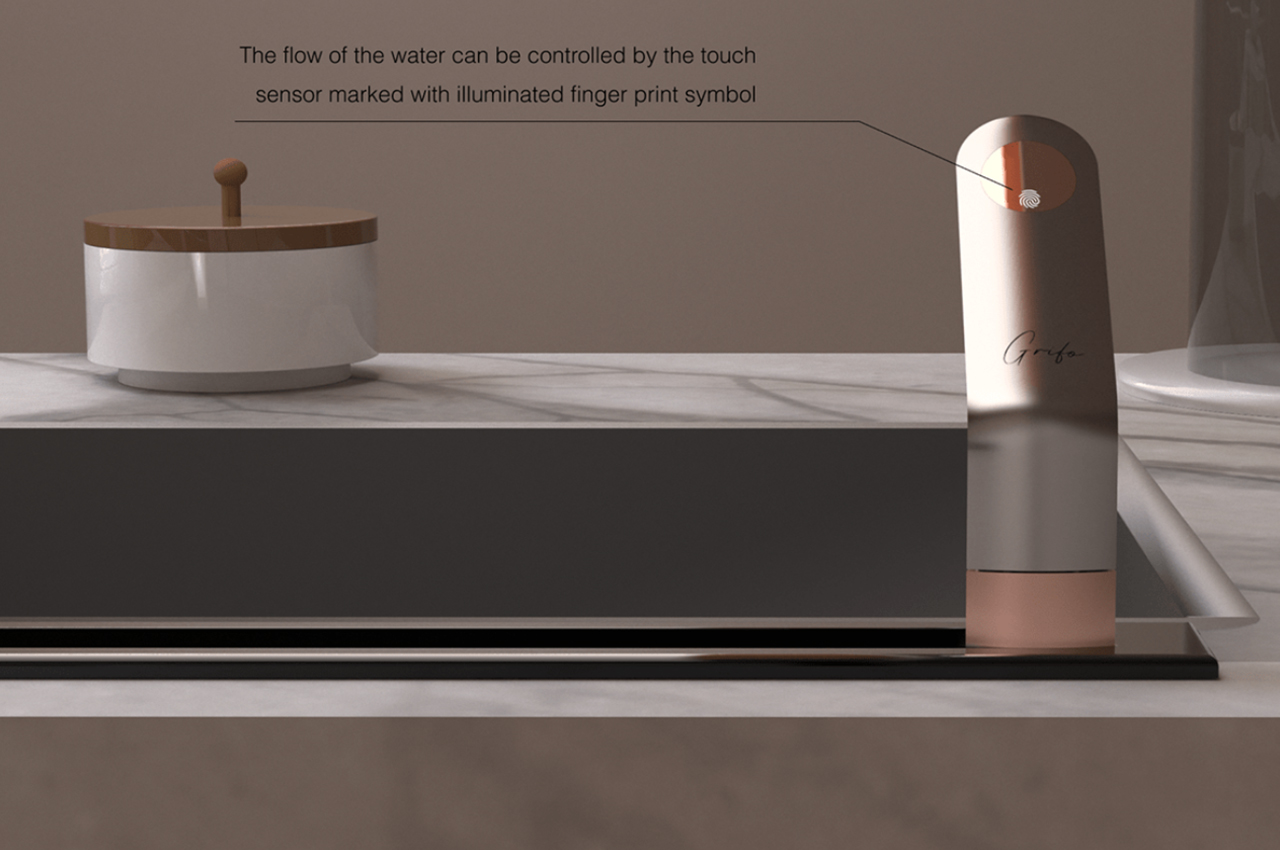
To facilitate an easier dishwashing process, it became necessary to analyze each step and identify areas for improvement. Several challenges emerged, including unappealing product designs that fail to excite users, the need for a new washing process, the desire to redefine the function of the sink, water wastage, the lack of a height-adjustable sink, lengthy and repetitive processes, the absence of a proper system for disposing of leftover food, and issues related to the placement of the faucet causing back pain and water splashes.
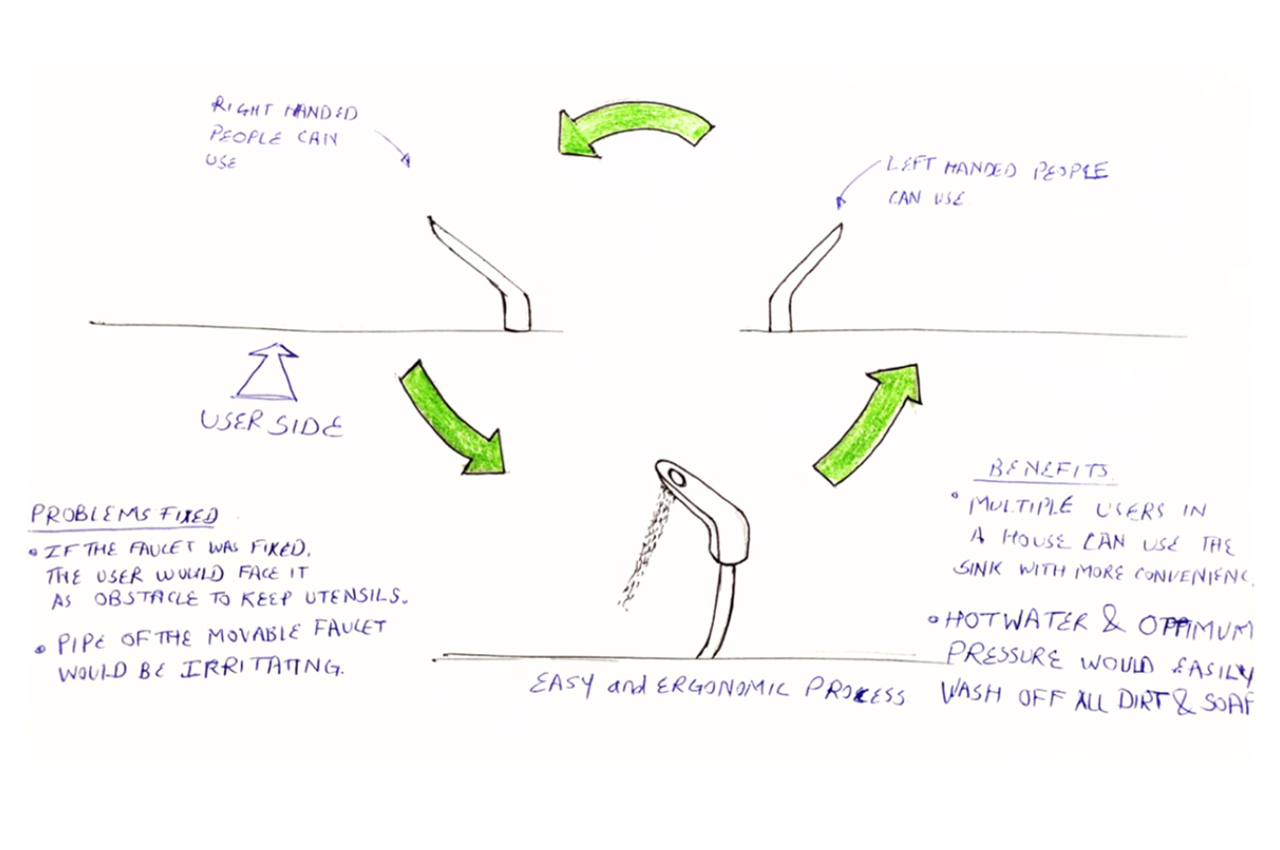
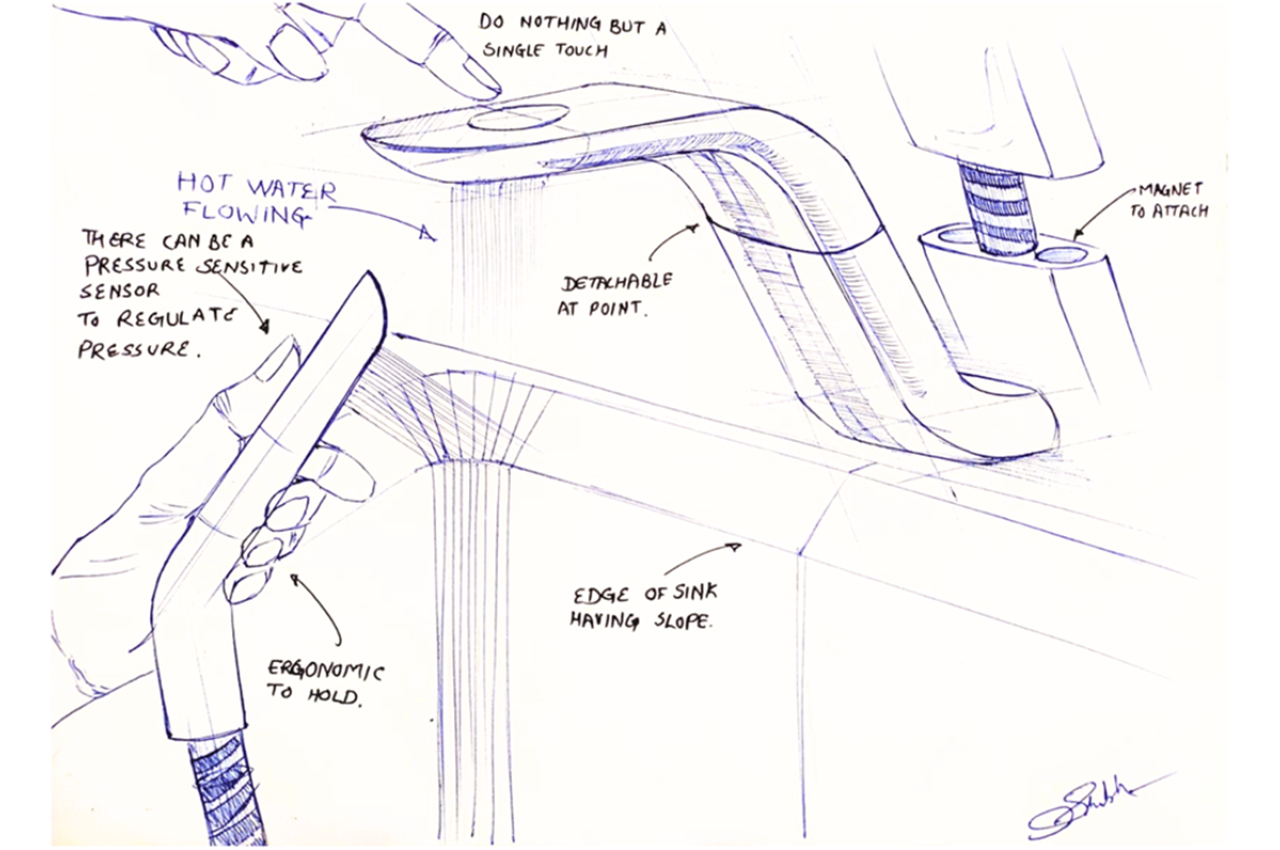
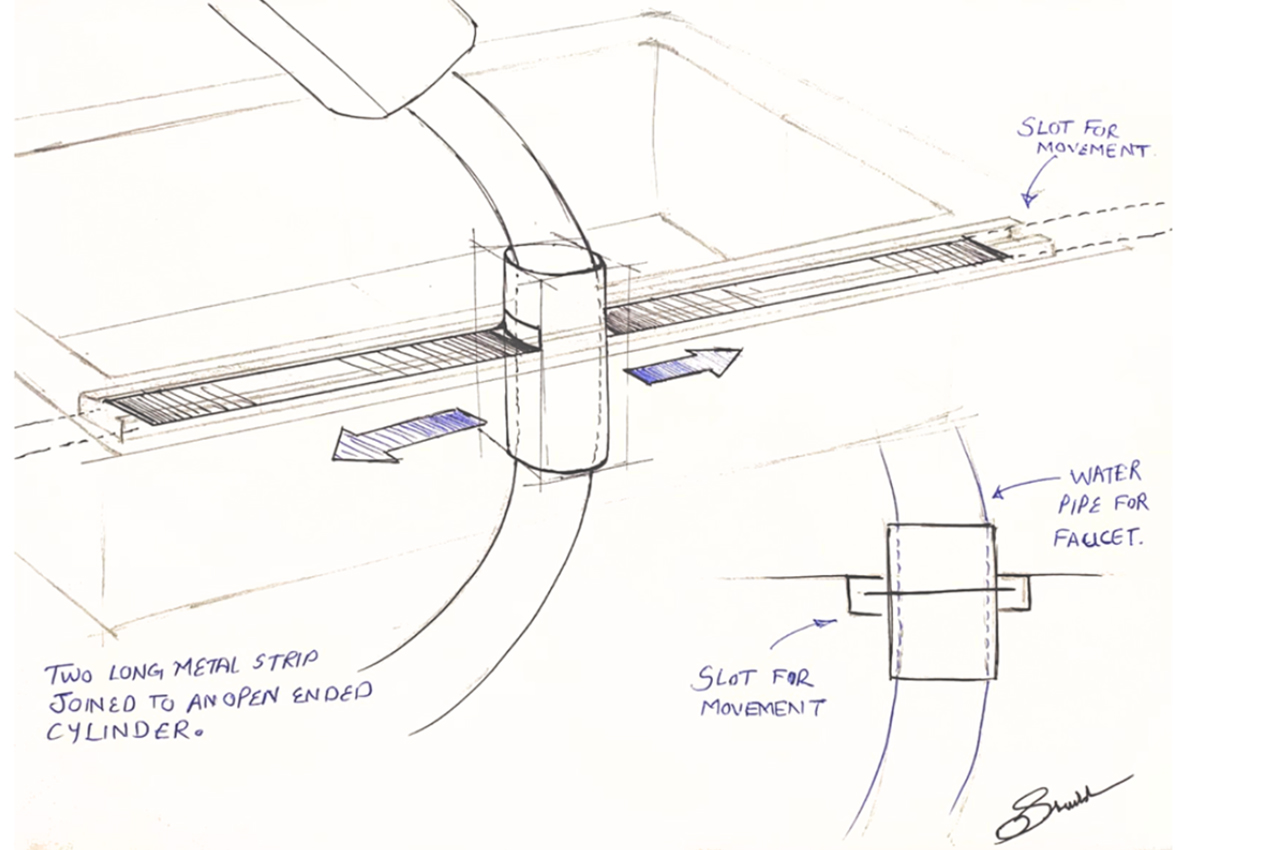
Based on the identified problems, the Grifo-A Sliding Faucet was developed with a focus on three key areas: water wastage, water splashes, and back pain. The design aimed to save water, make the dishwashing process interactive, and reduce the mess created by water splashes.
Through the development and implementation of the Grifo-A Sliding Faucet, several significant benefits were observed. A lot of conventional designs overlook the issues faced by left-handed people, as a majority of the population is right-handed, this faucet’s design allows both left-handed and right-handed users to efficiently wash dishes without any obstructions. Additionally, the detachable feature addresses the issue of users of varying heights, ensuring optimal comfort. Moreover, the elimination of the need to lean forward reduces the risk of back pain, enhancing user convenience. It is important to note that the current design solution primarily focuses on the interaction design aspect, with further considerations needed regarding form, ergonomics, and texture. Finally, the introduction of a touch sensor with an illuminated fingerprint symbol allows users to control the flow of water, minimizing mess and keeping clothes clean.
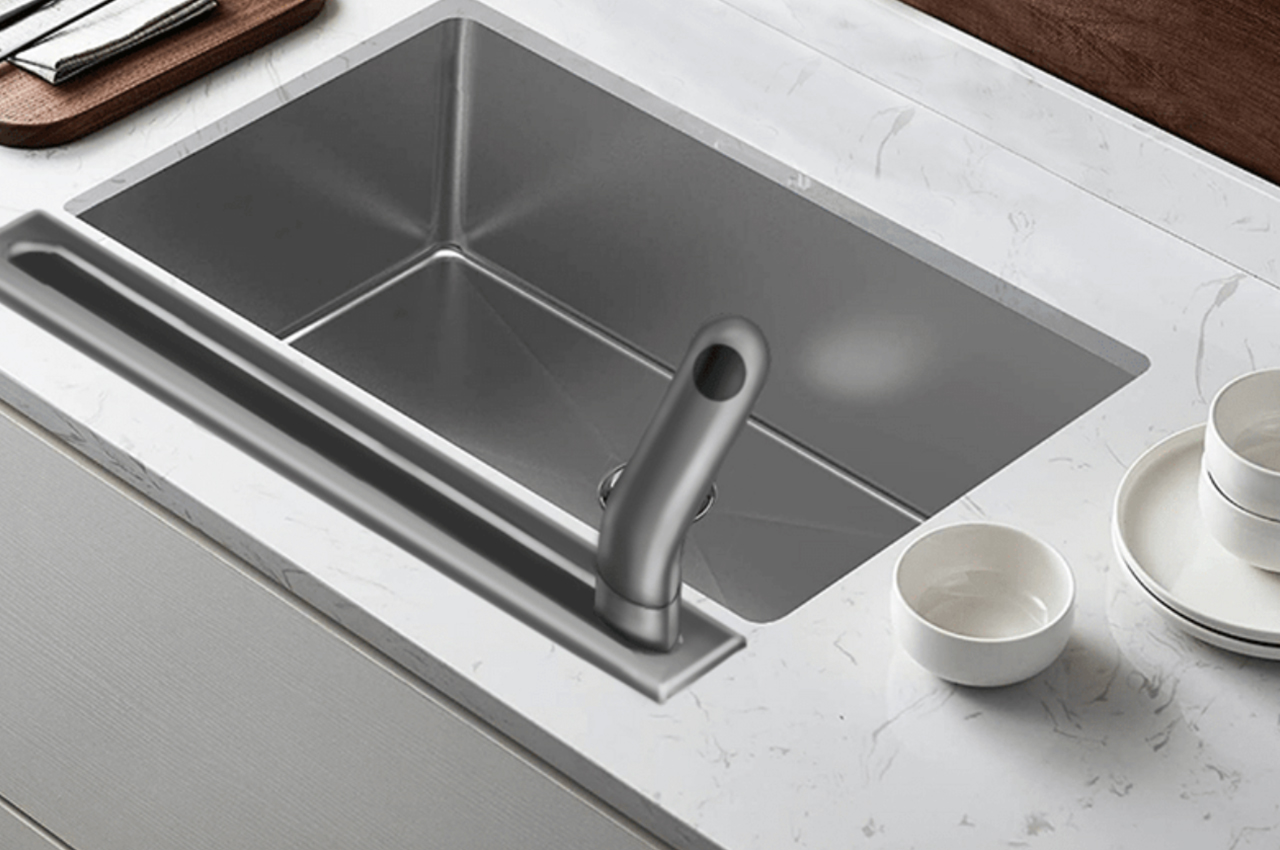
While the Grifo-A Sliding Faucet offers innovative solutions, a few limitations and considerations should be acknowledged. Handling the faucet when hands are wet or soapy may pose some difficulties, requiring further exploration for improved usability. Additionally, the design of the faucet may require sufficient space in front of the kitchen sink, which may pose challenges in smaller kitchens or constrained layouts. Finally, the design may need to be adaptable to various interior themes to ensure its compatibility with diverse user preferences.
The Grifo-A Sliding Faucet represents a significant advancement in the field of dishwashing, particularly in the Indian context. By addressing the problems associated with traditional dishwashing practices, such as water wastage, back pain, and water splashes, this innovative design offers a more efficient and interactive experience. While there are limitations and considerations to be addressed, the Grifo-A Sliding Faucet paves the way for enhanced dishwashing practices in India, combining functionality, convenience, and water conservation. As technology continues to shape our daily lives, it is essential to embrace solutions that streamline household chores and improve the overall quality of life.
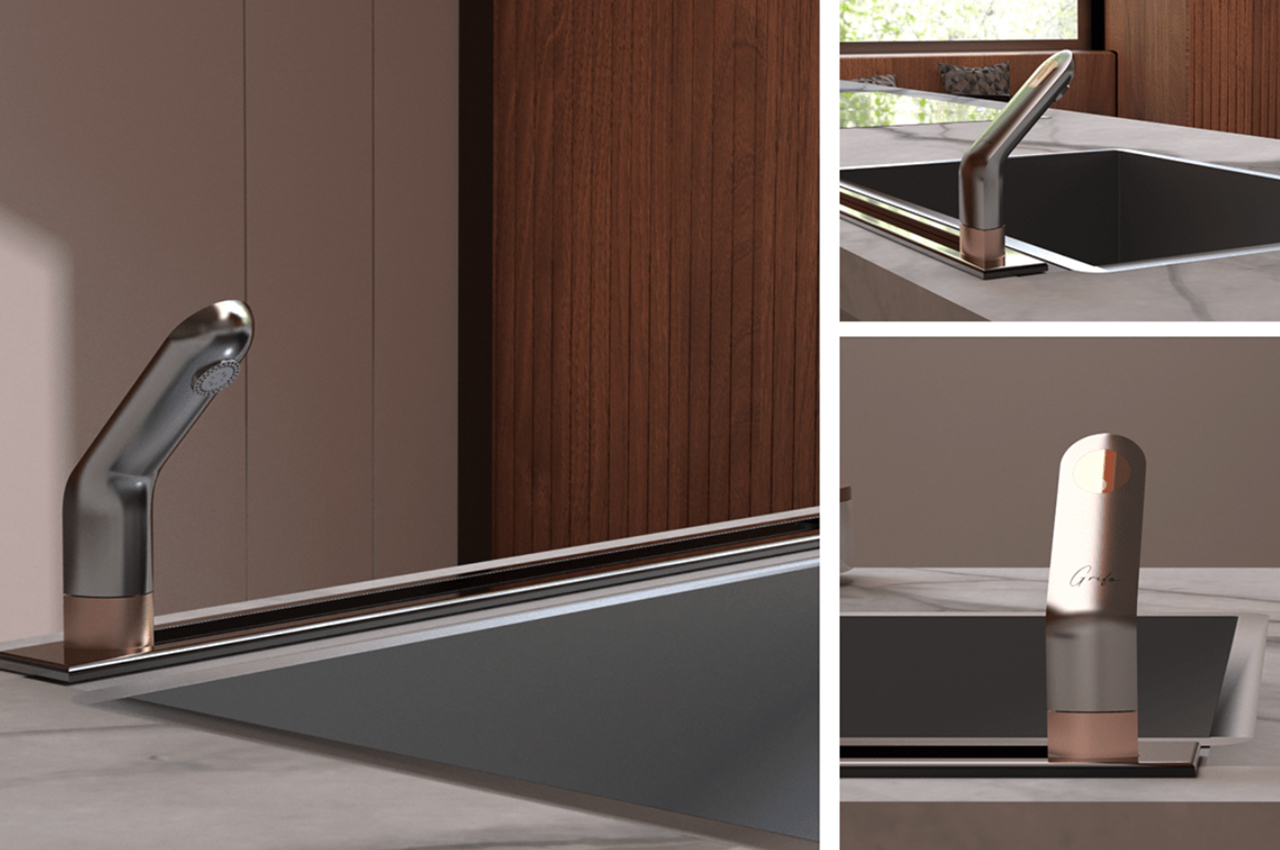
The post This inclusive and innovative sliding faucet makes dishwashing an accessible chore for everyone first appeared on Yanko Design.
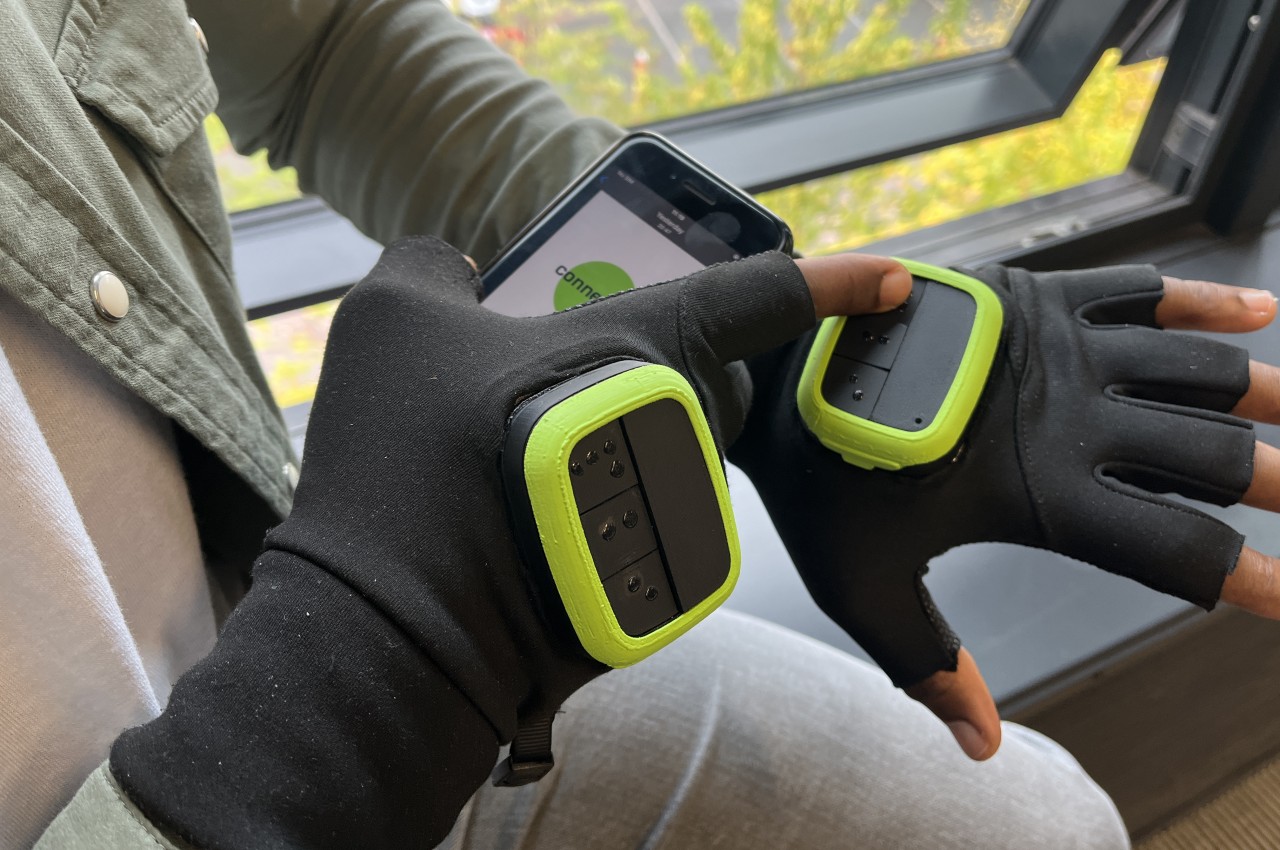
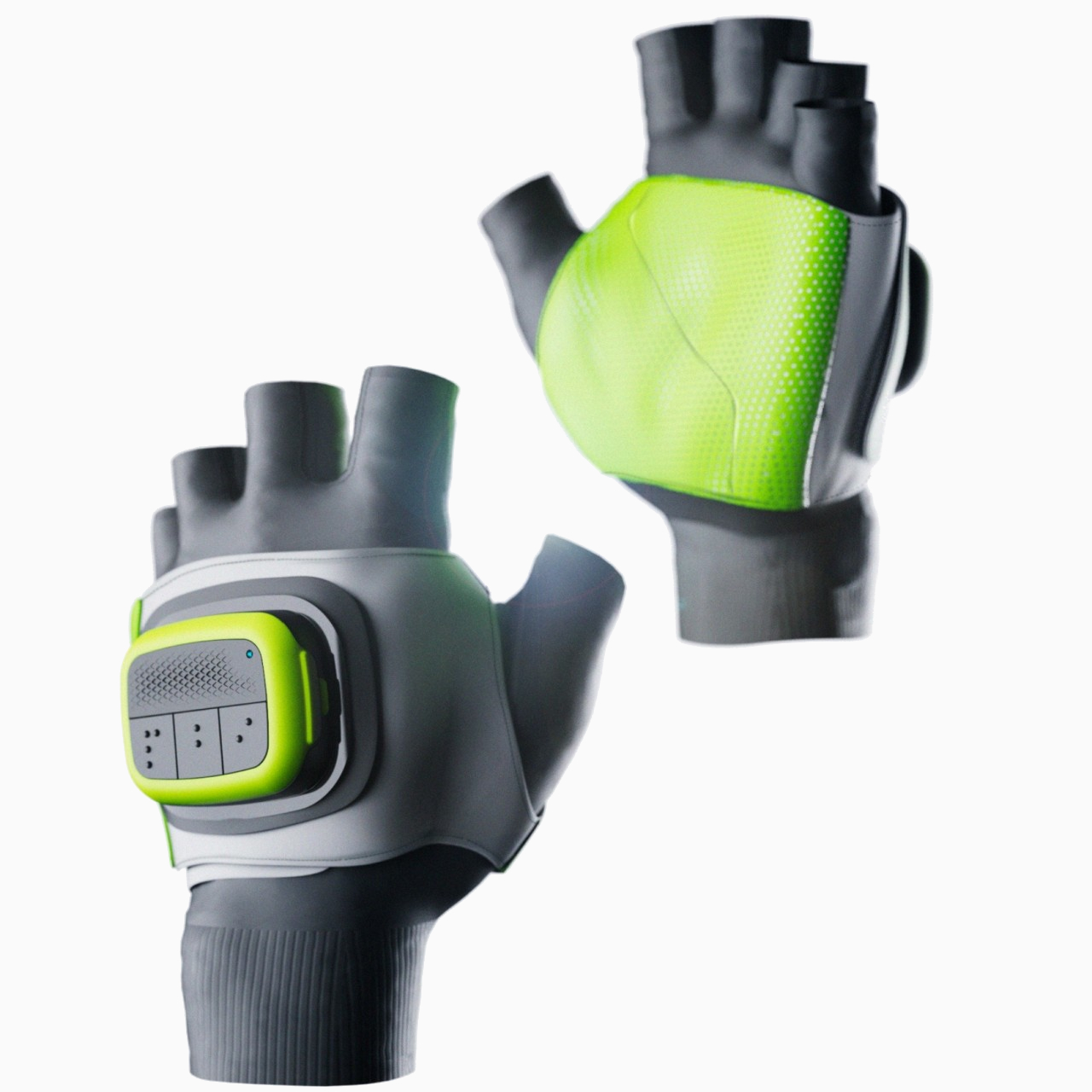
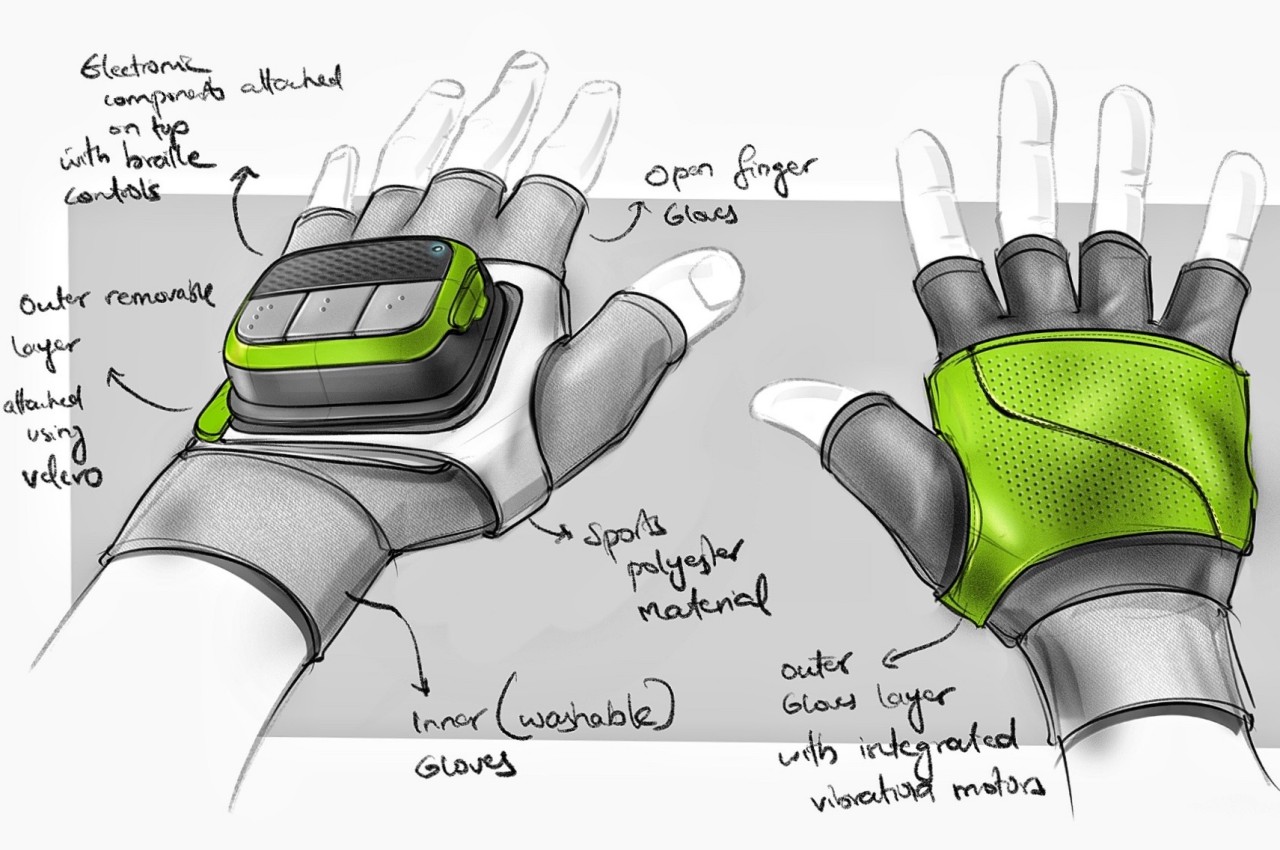
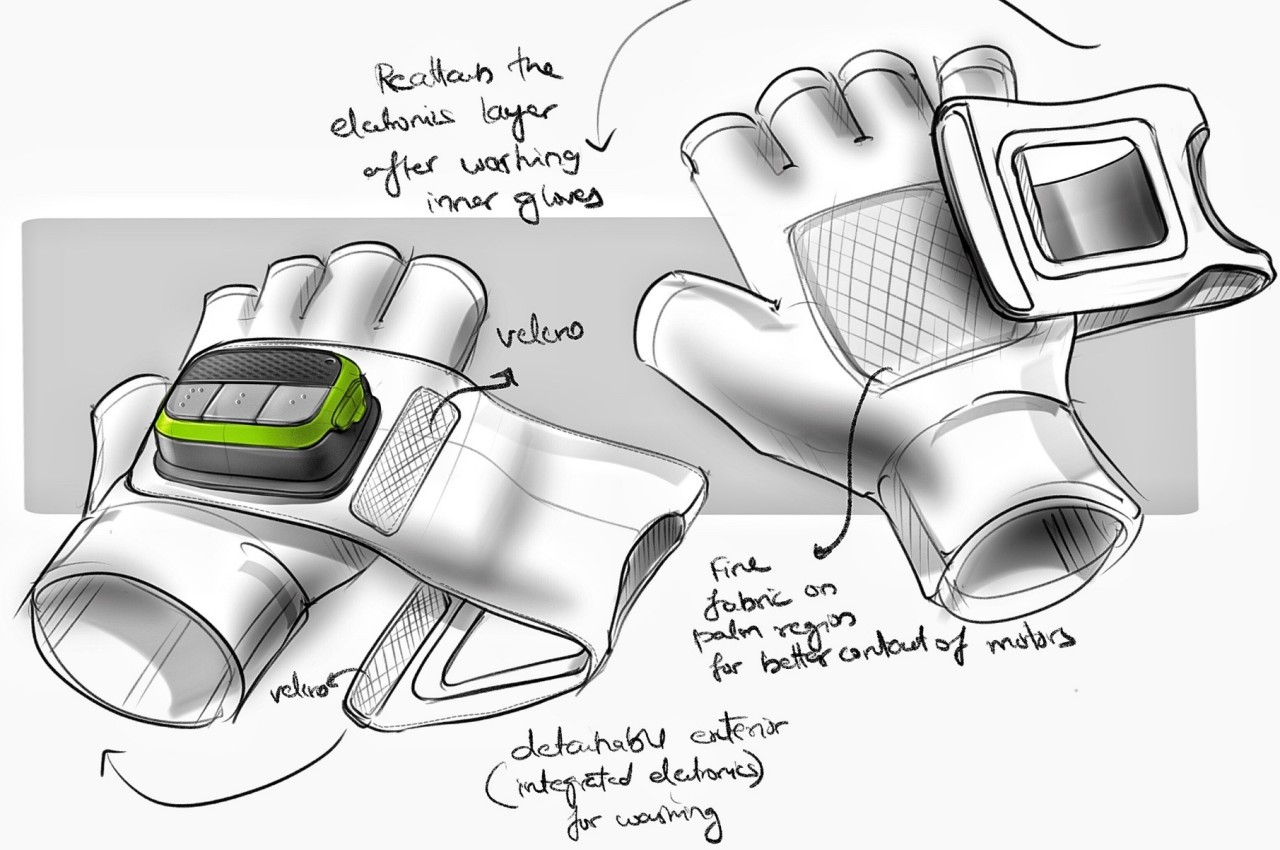
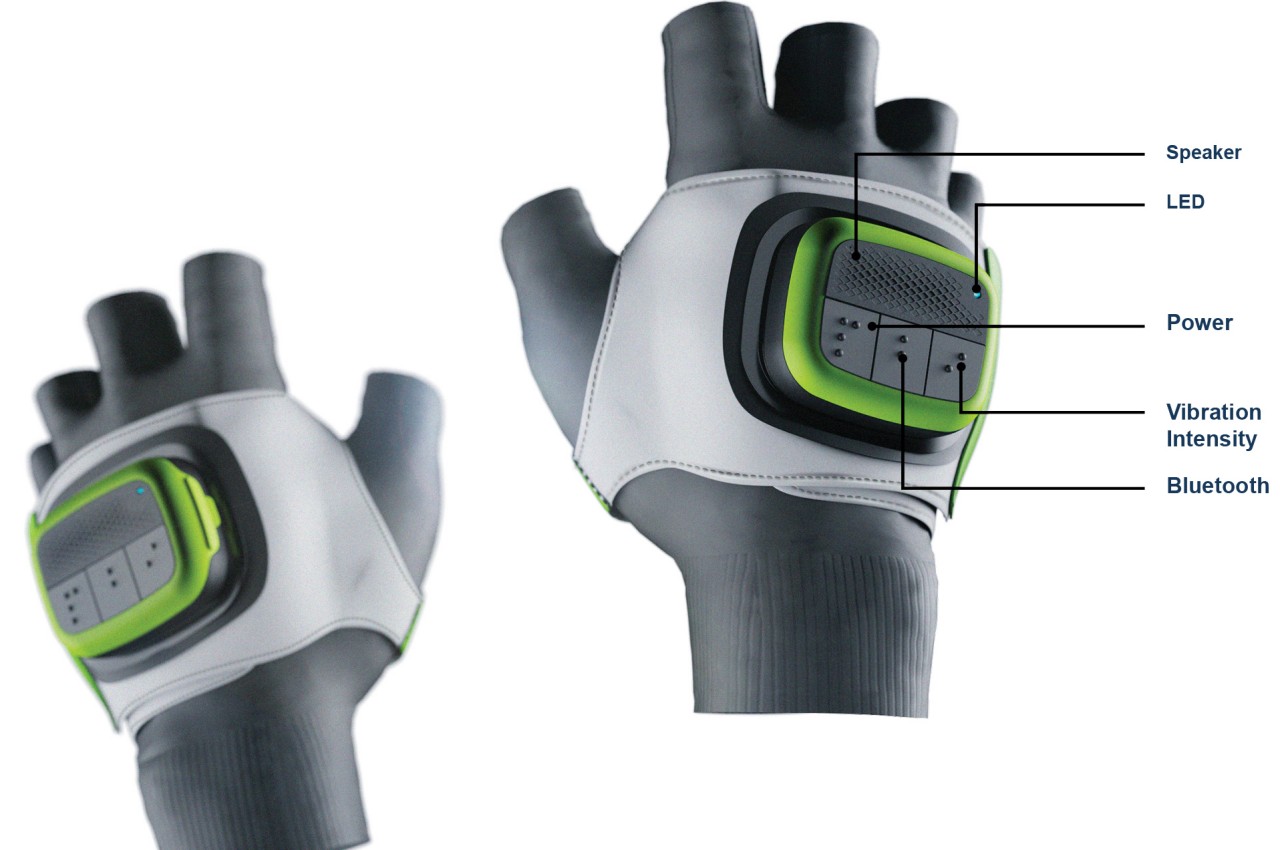
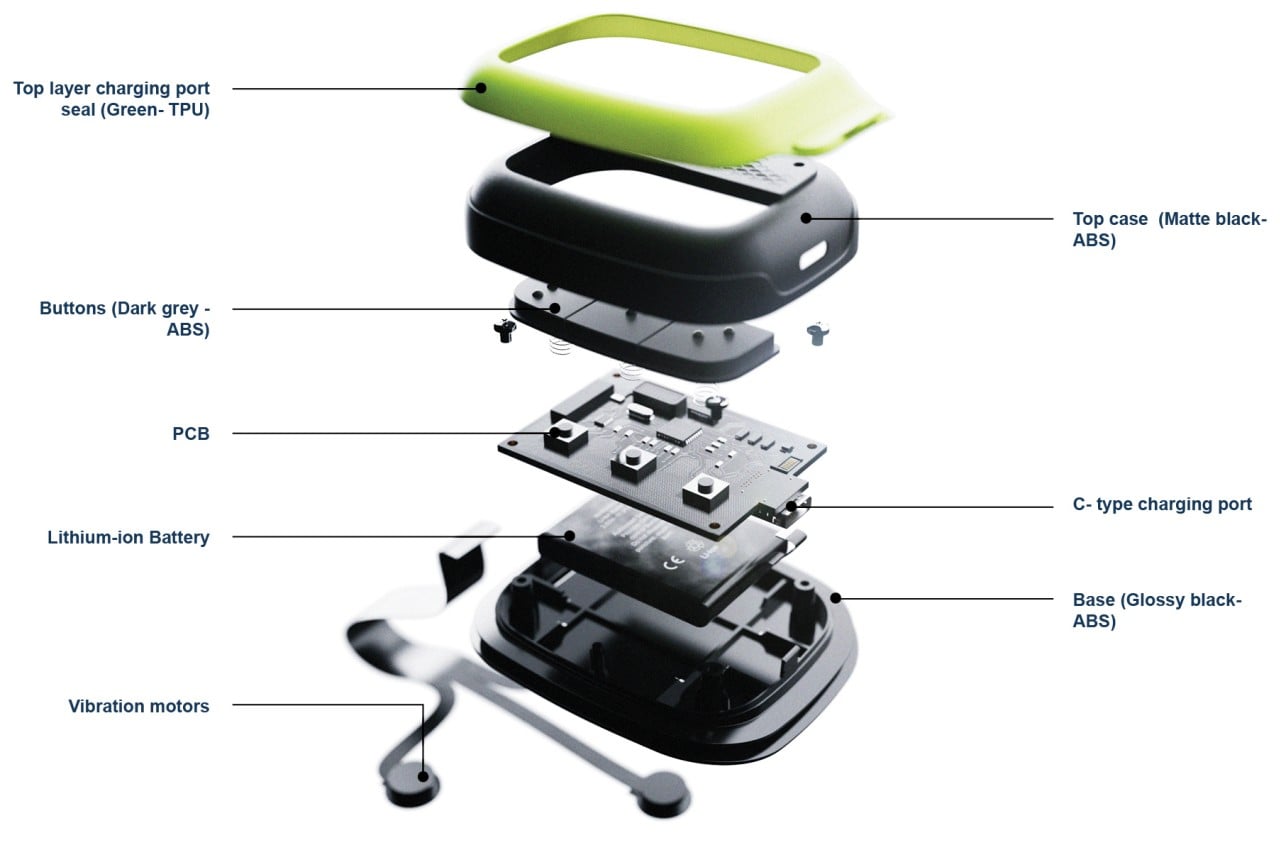
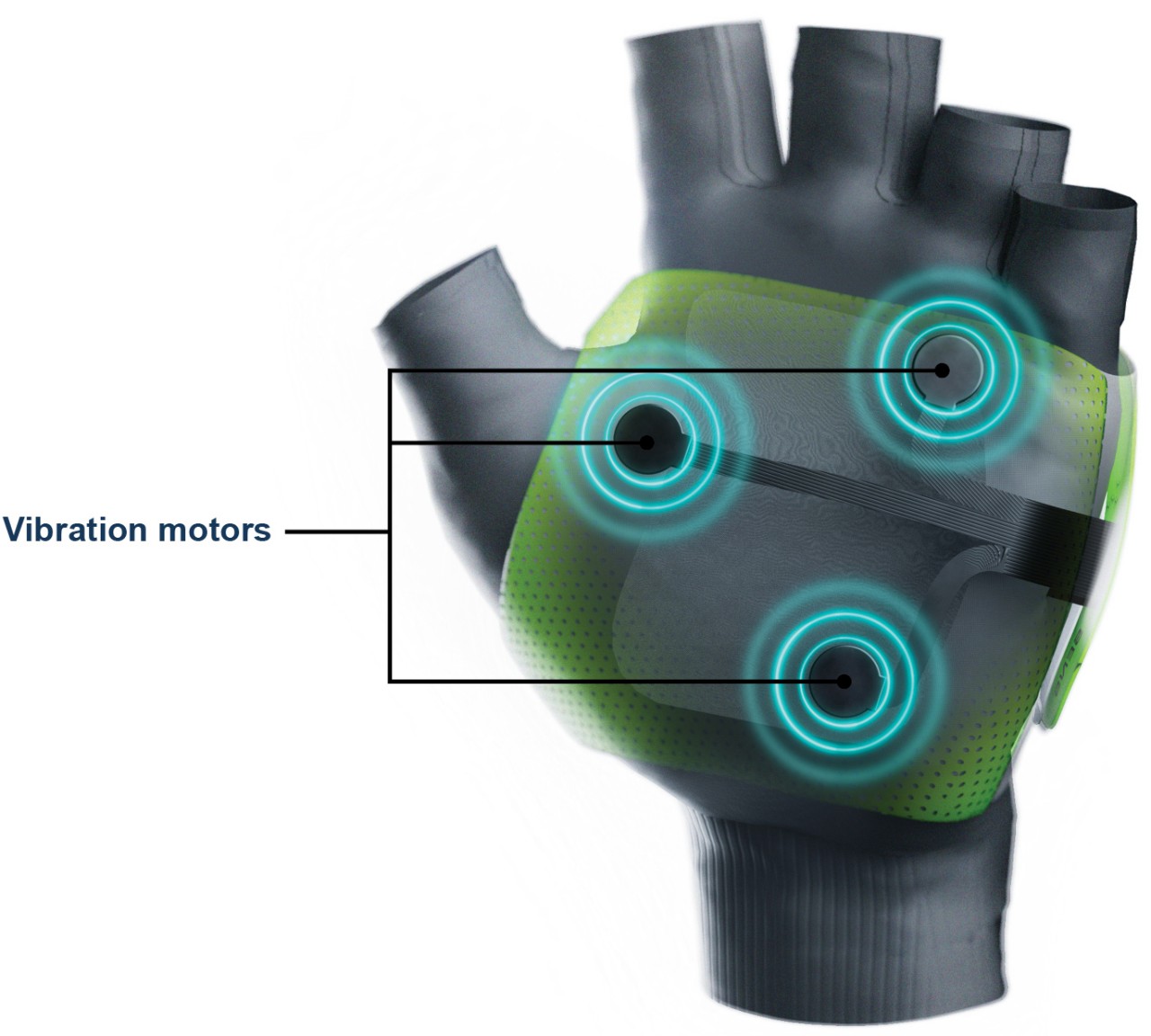
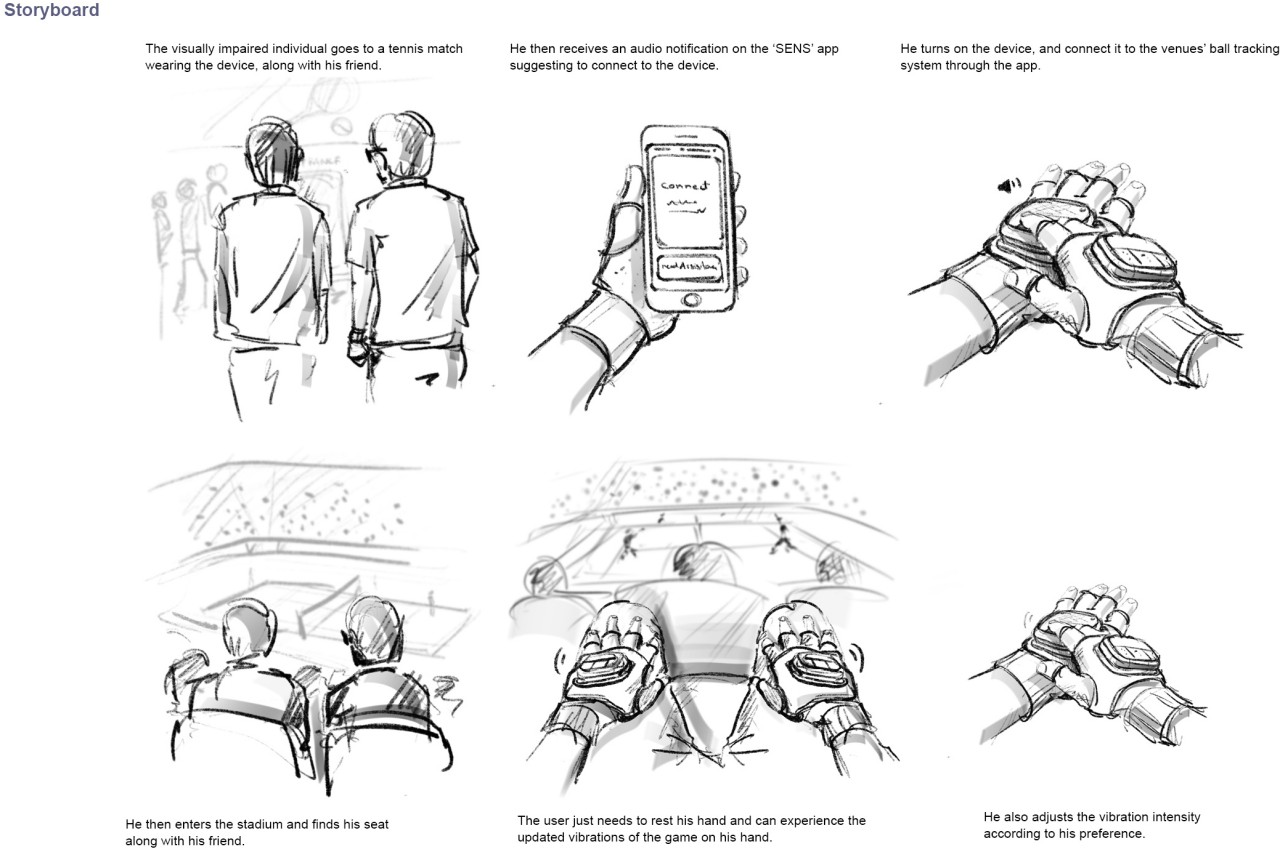
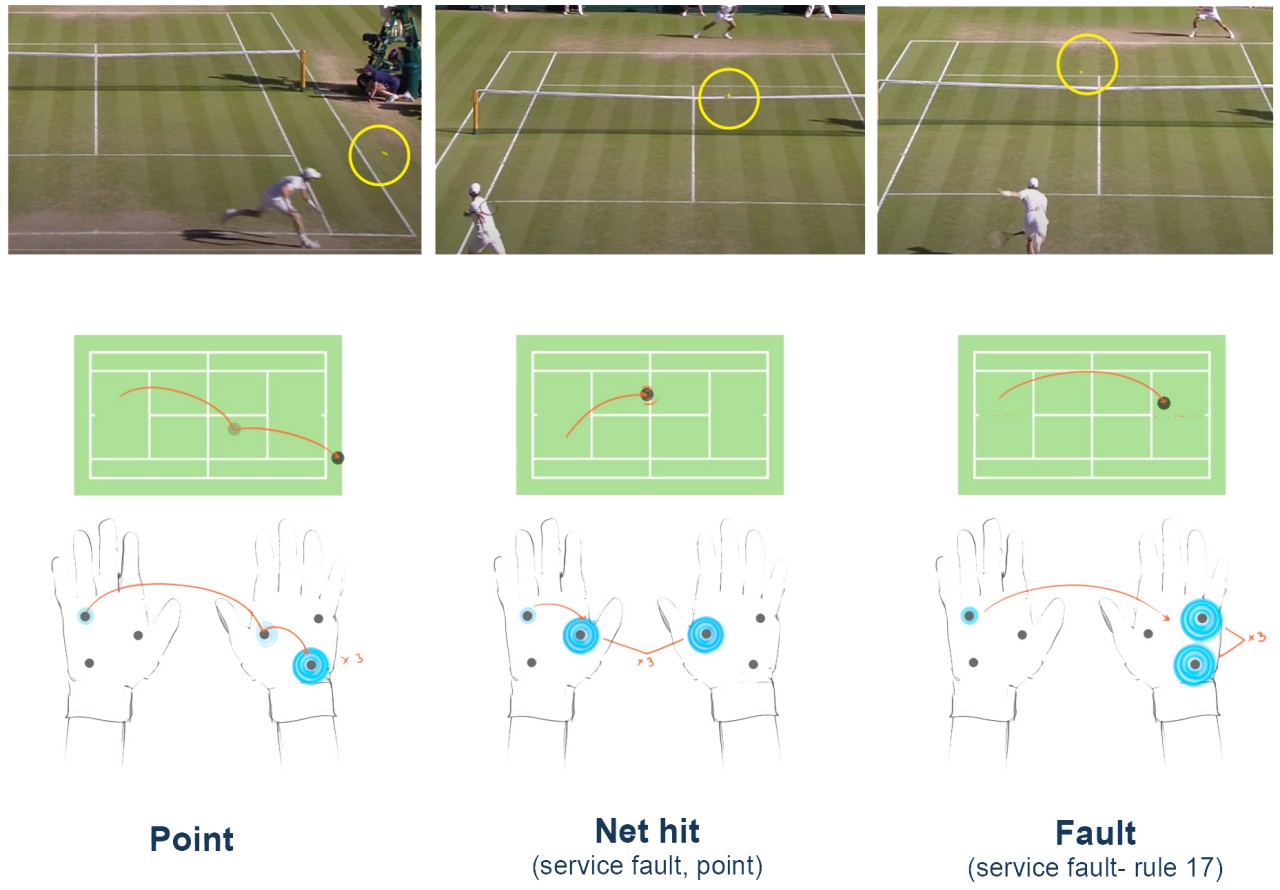
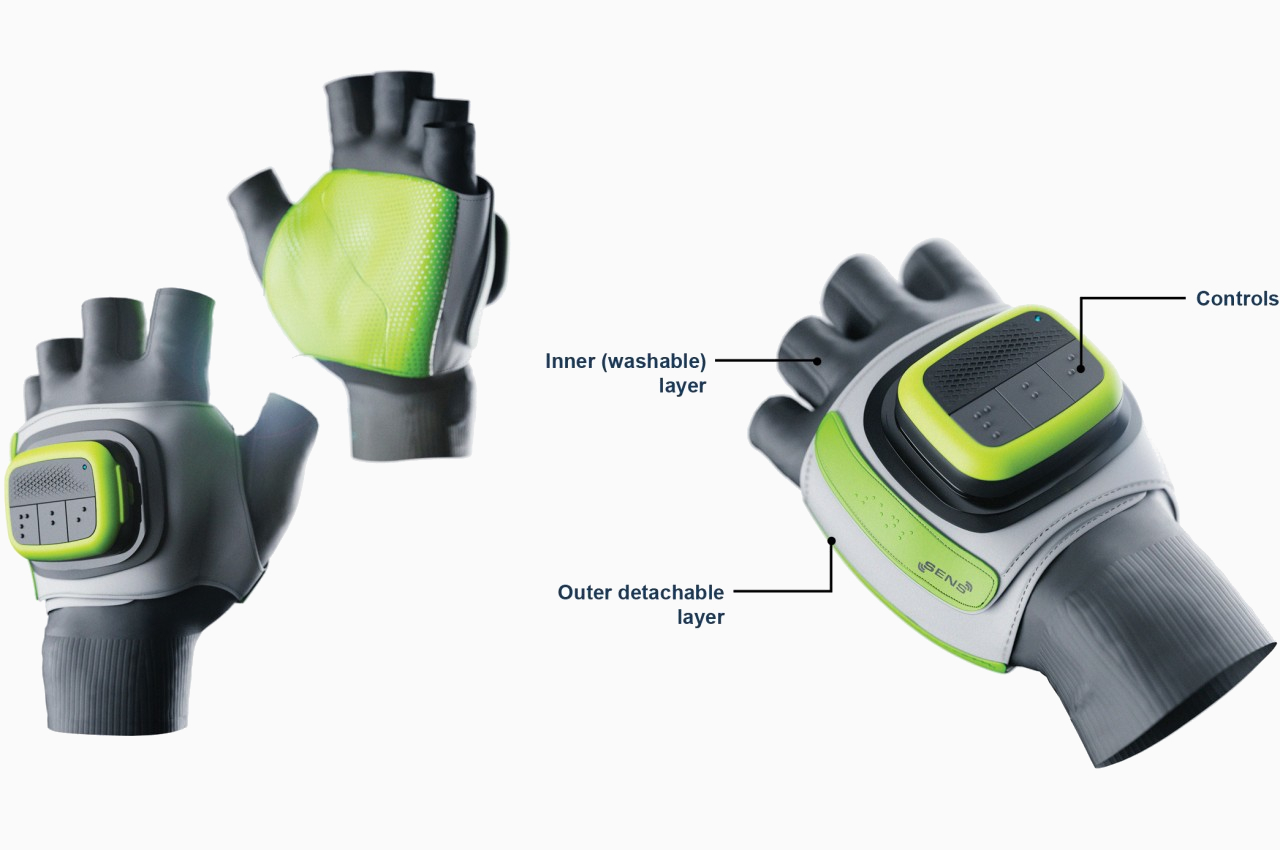
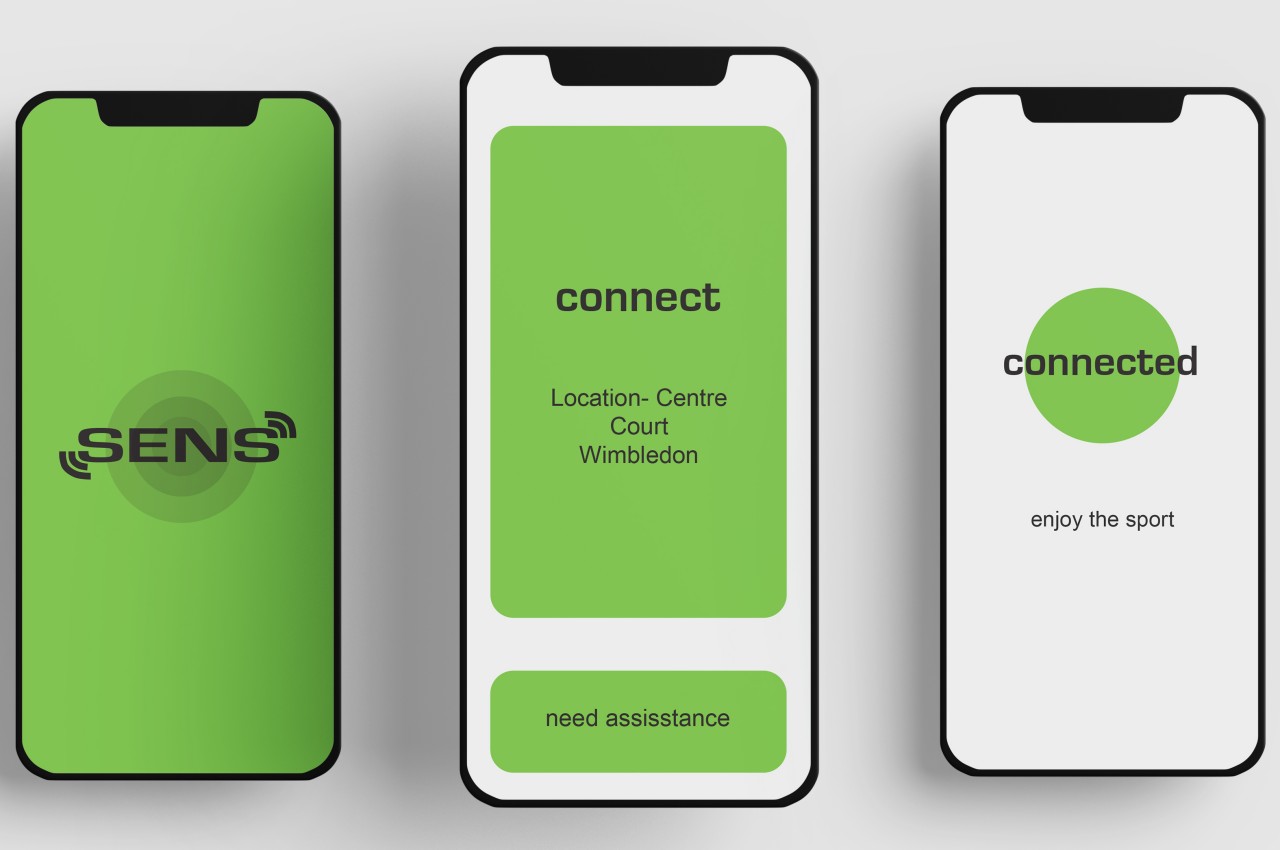
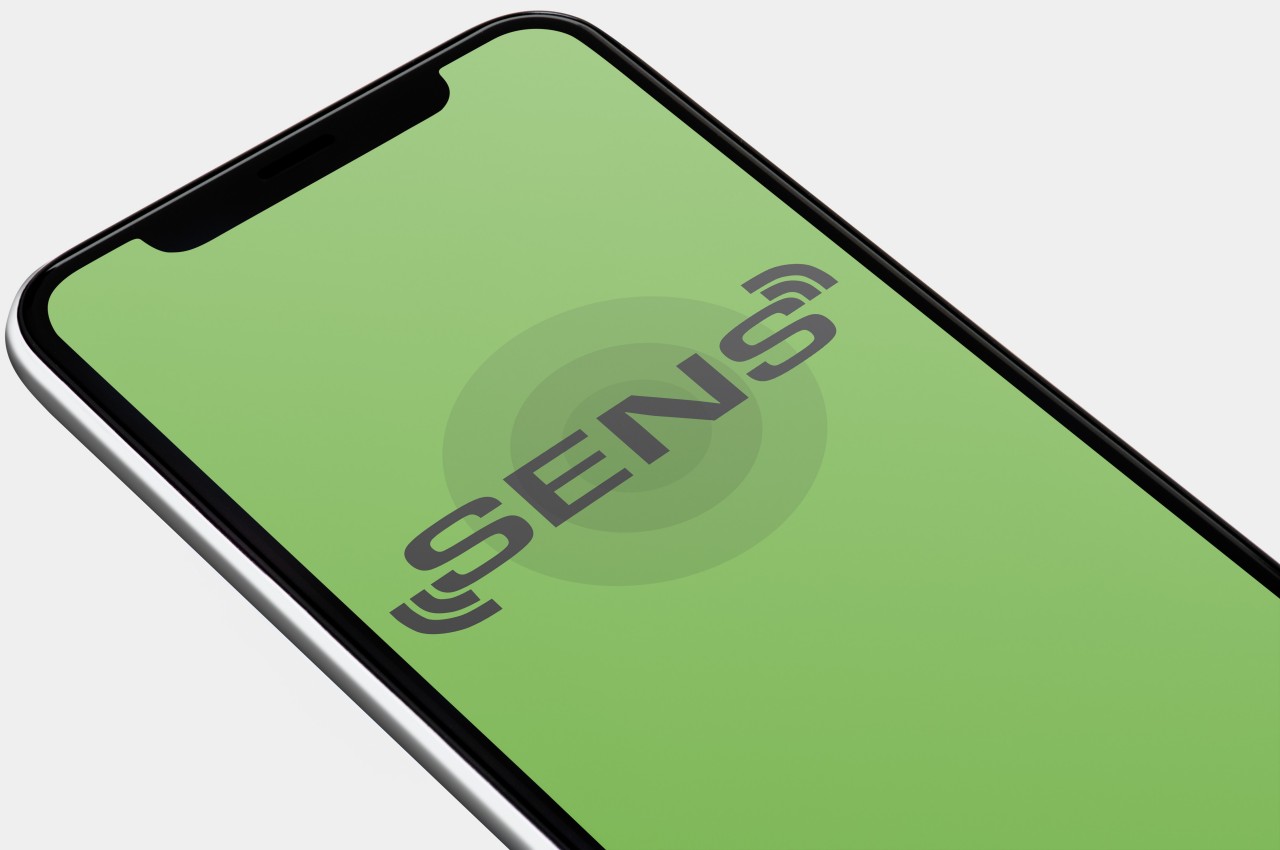
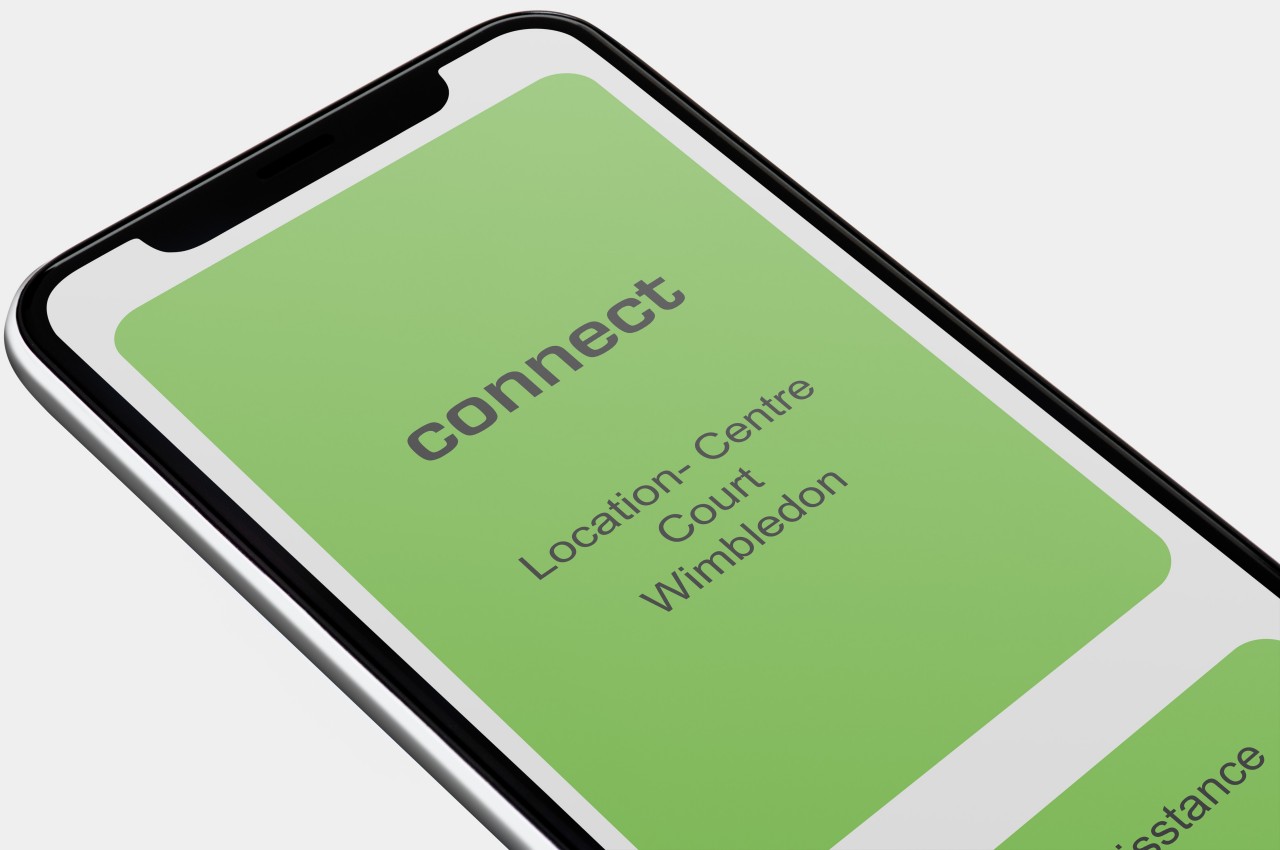
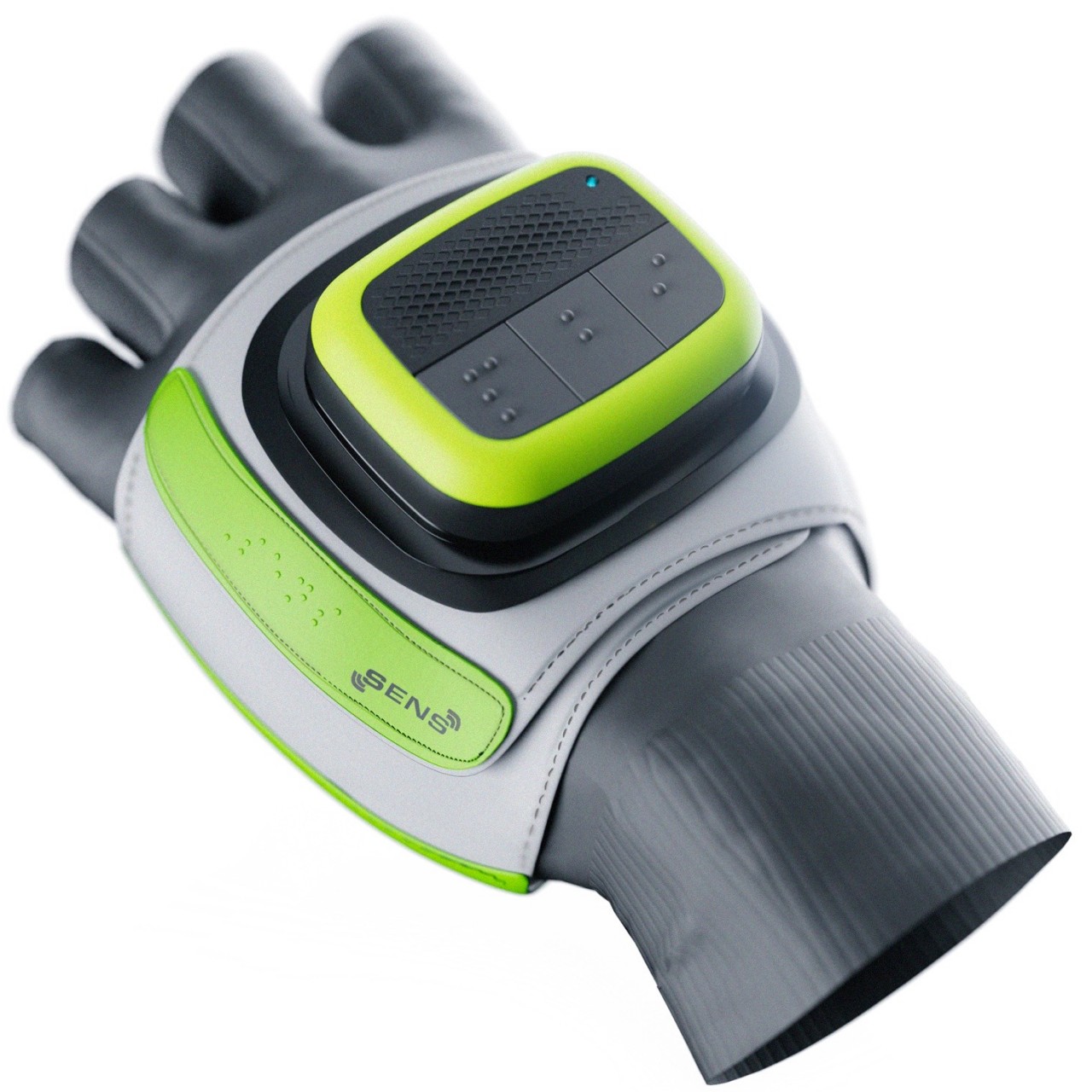
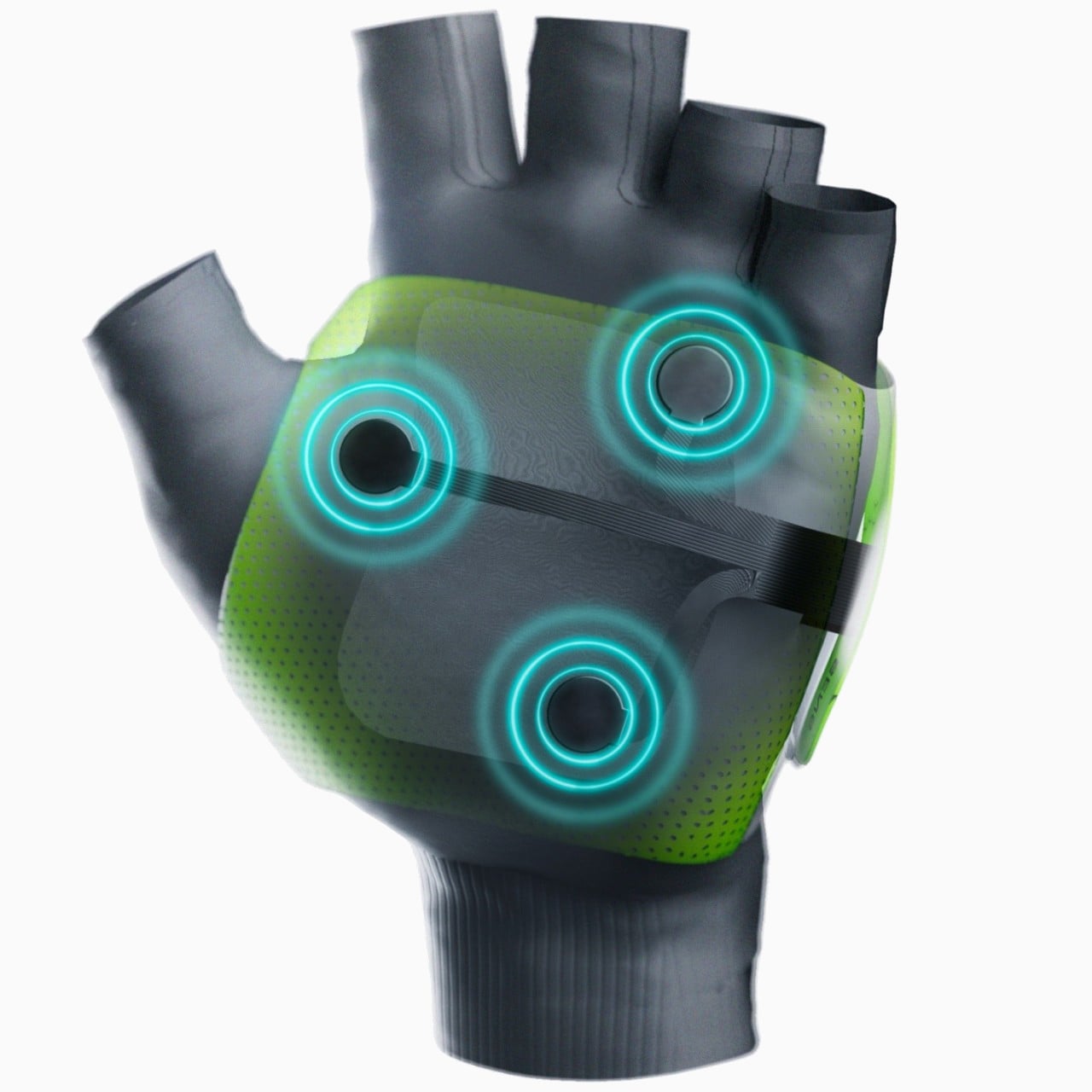
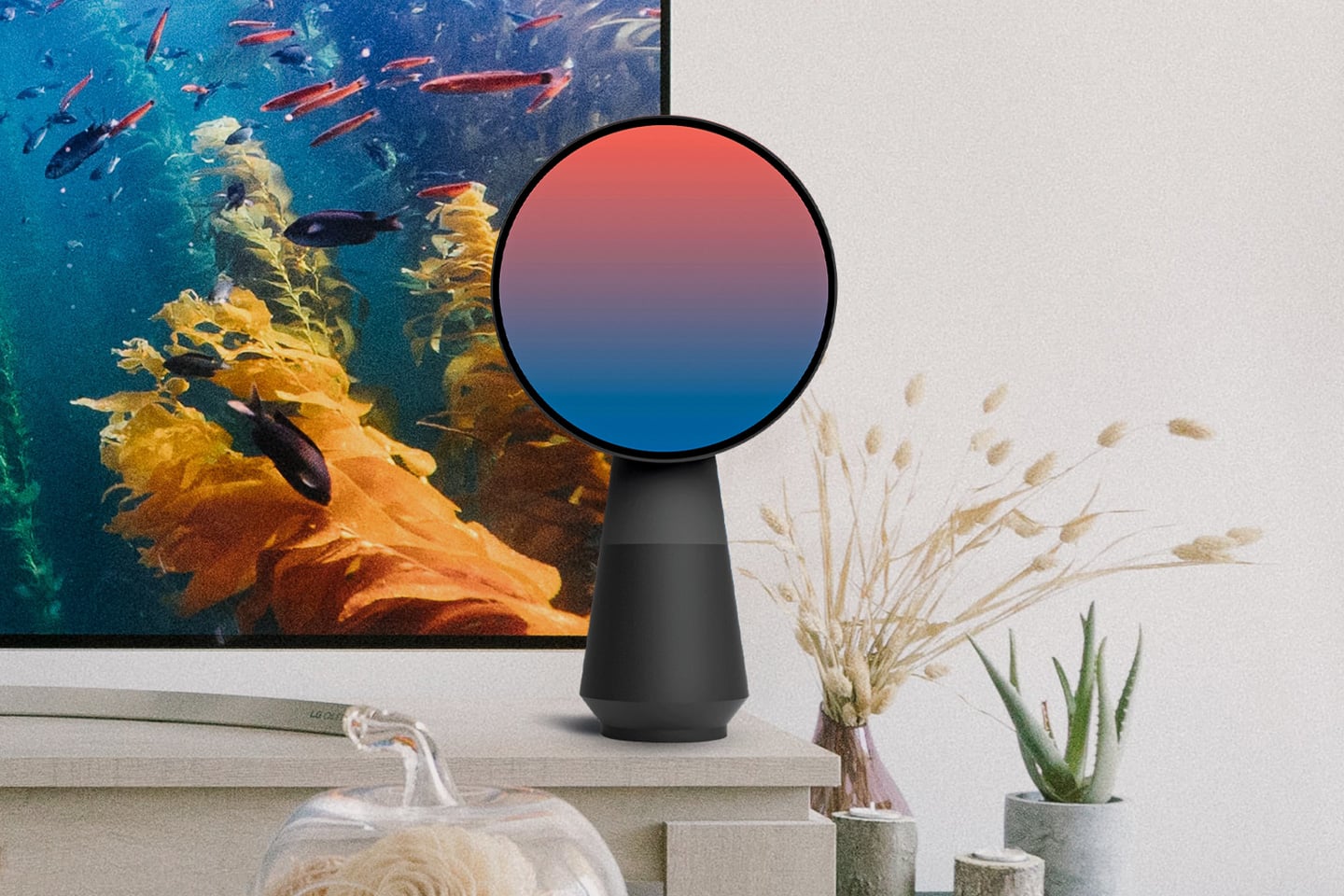
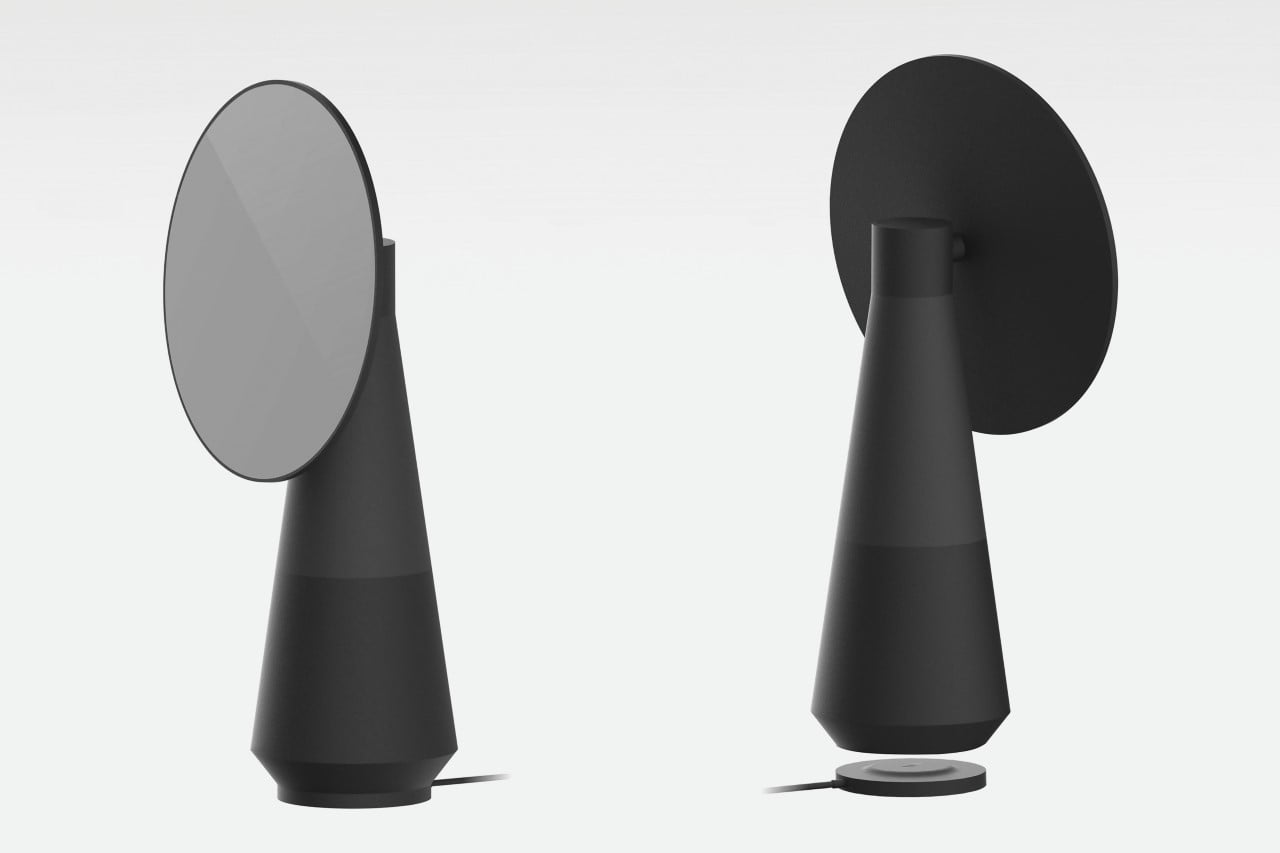
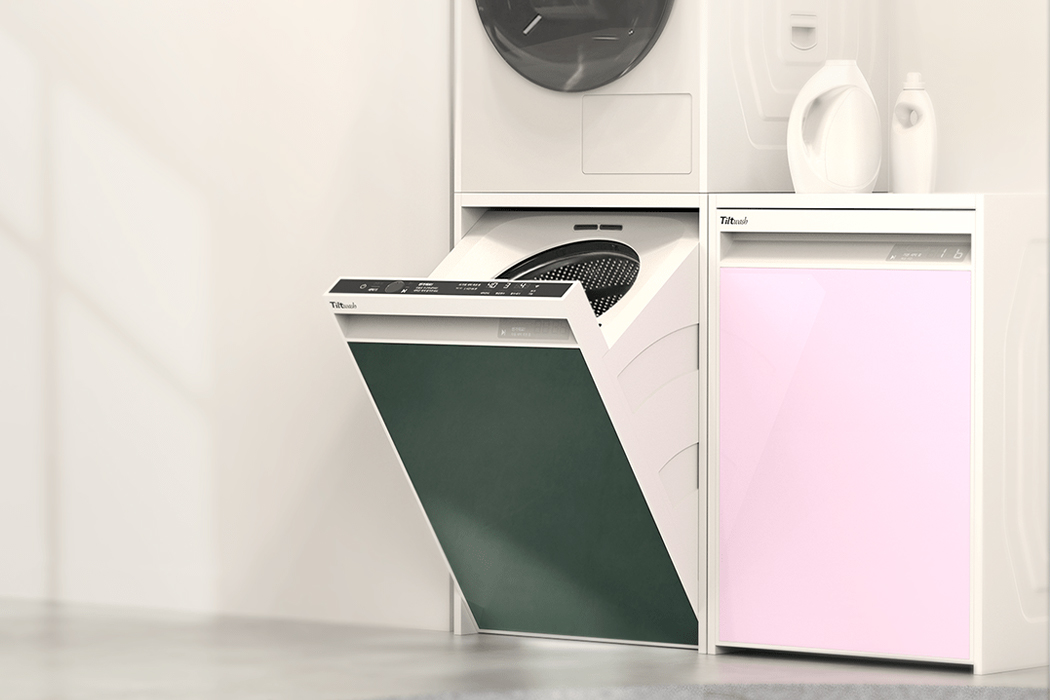
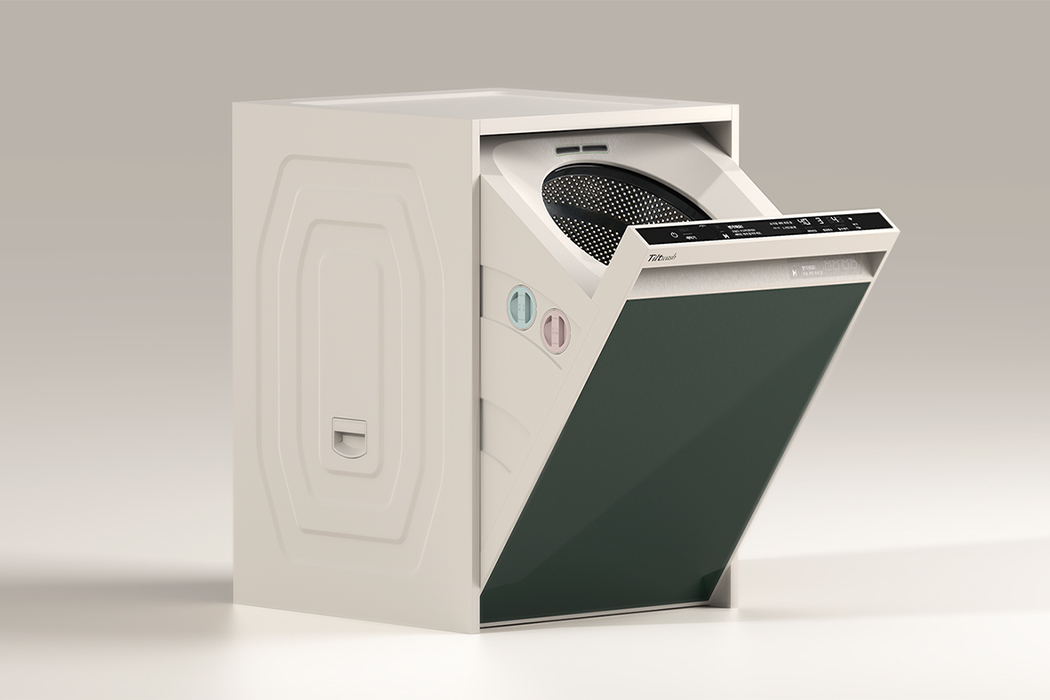
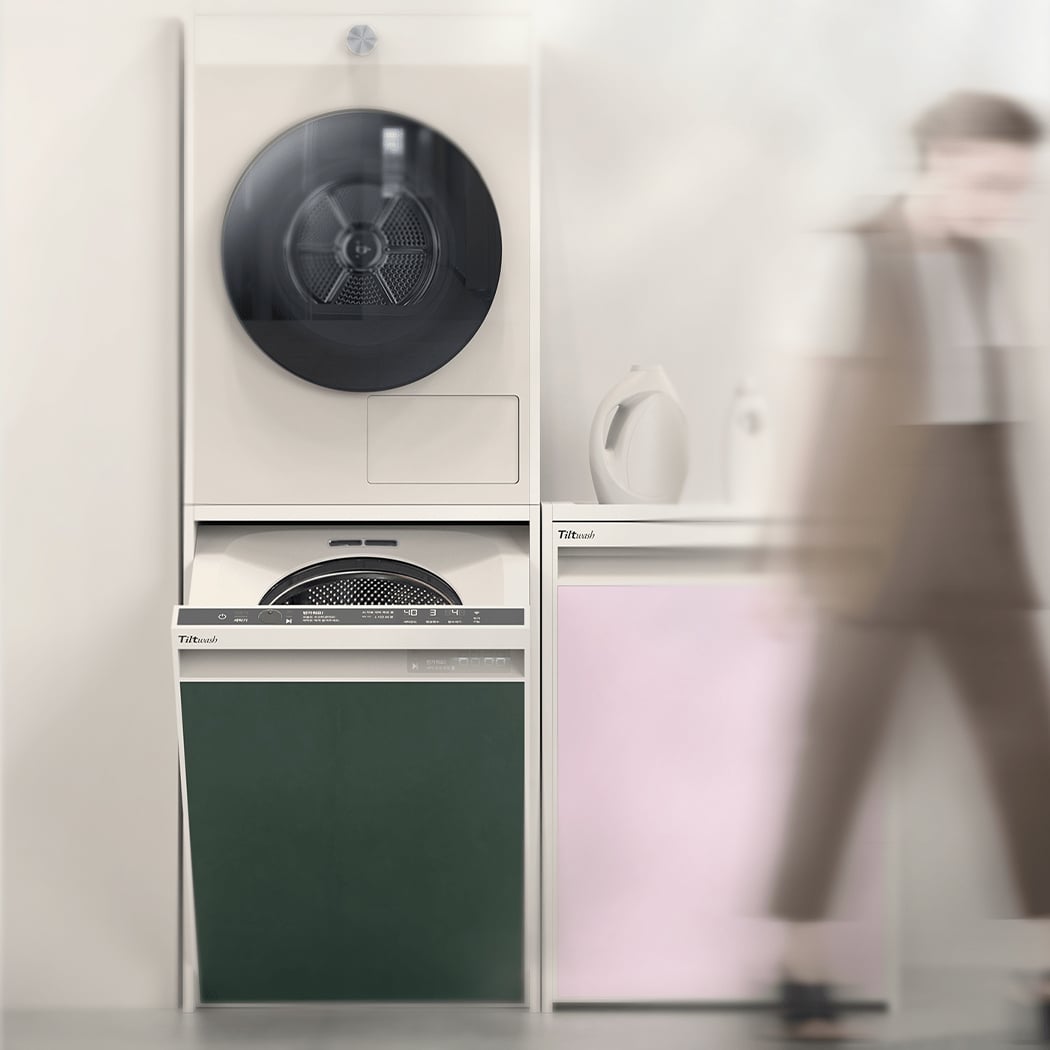
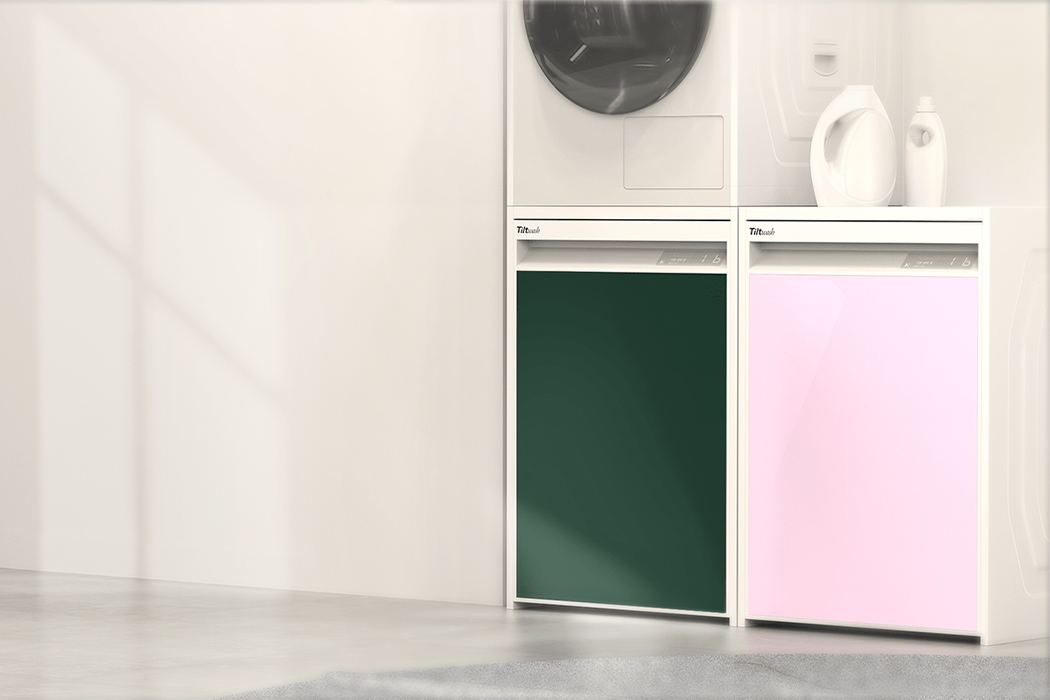

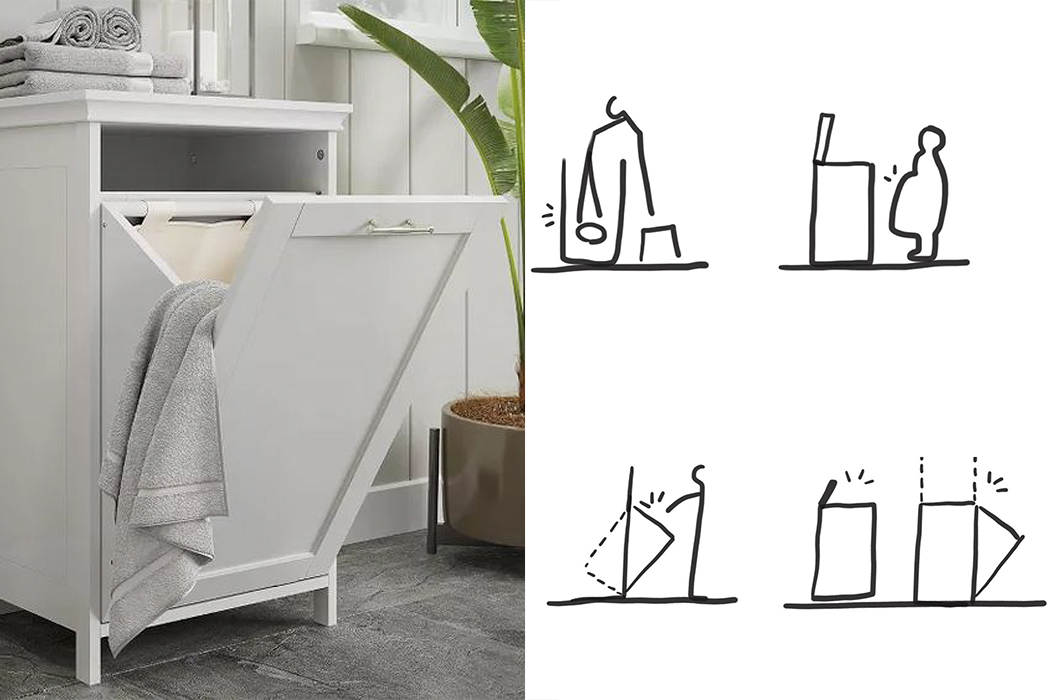

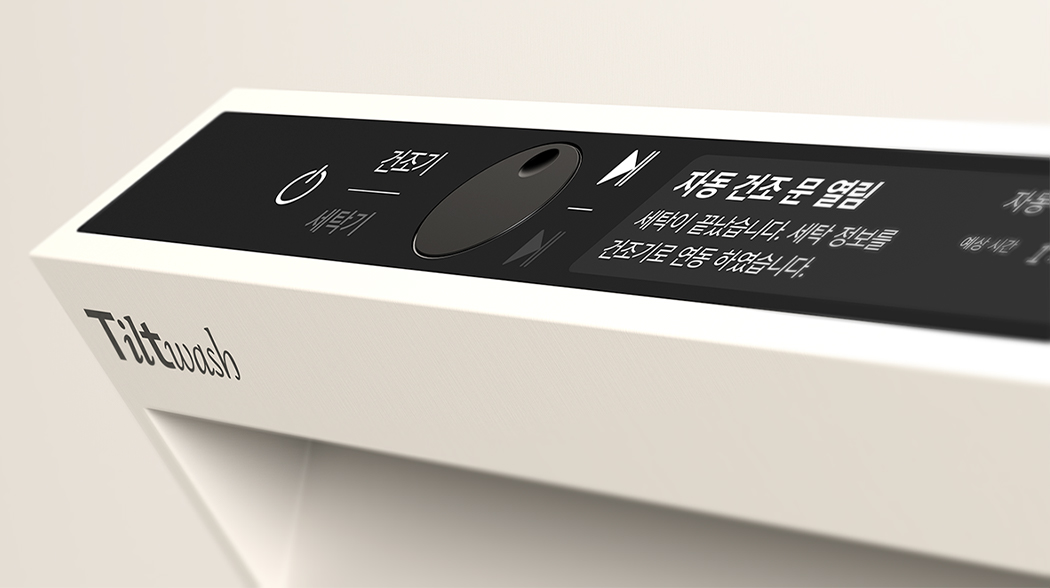
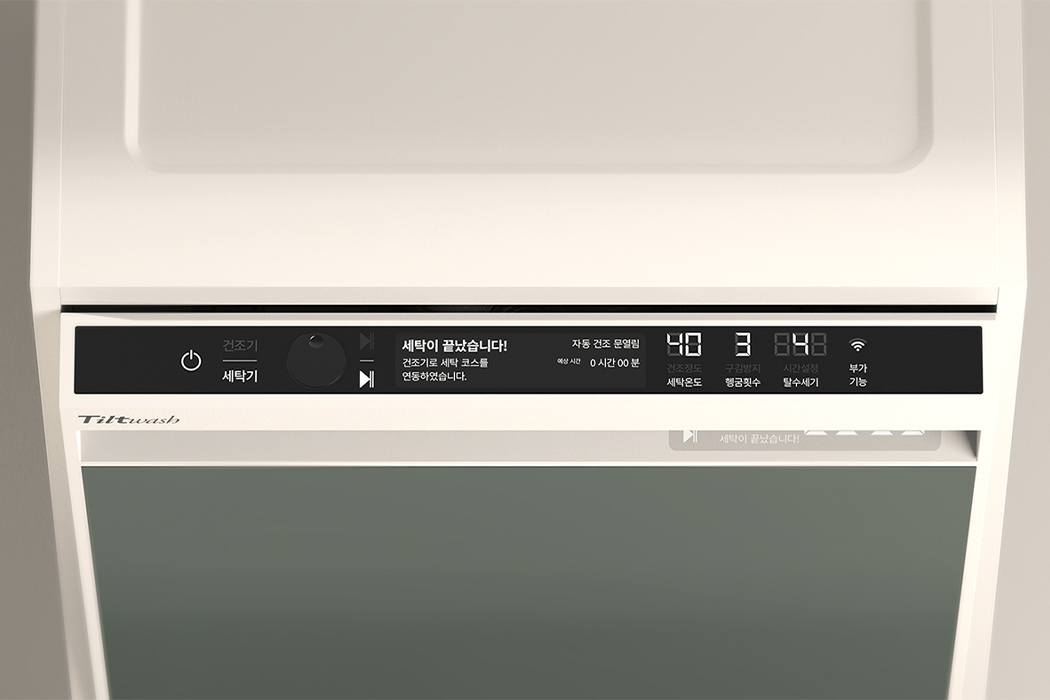
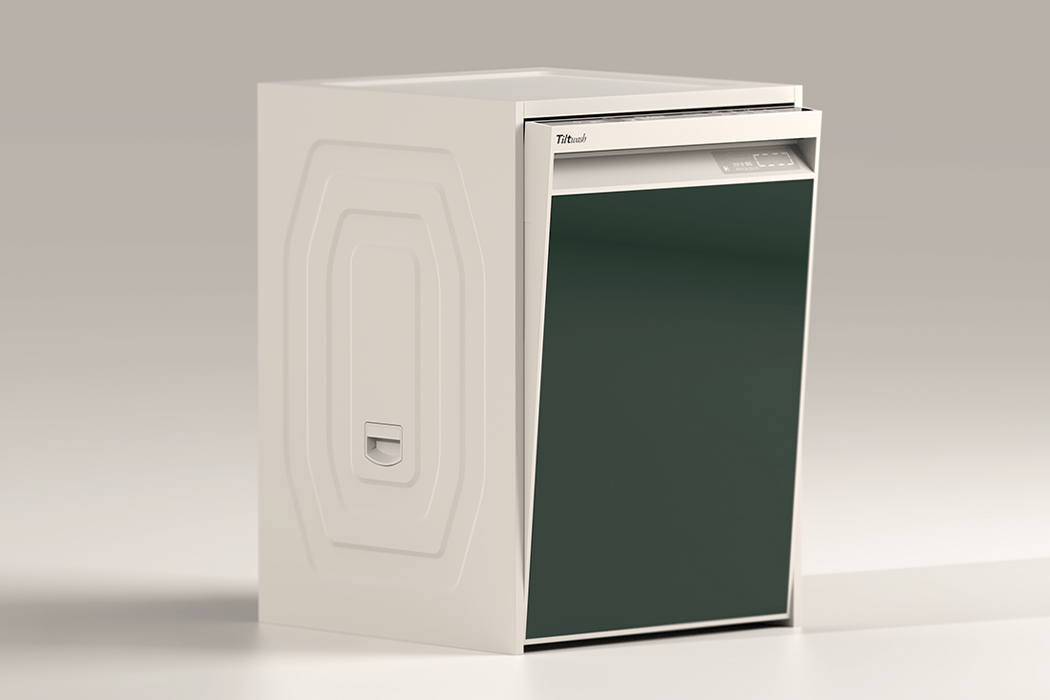
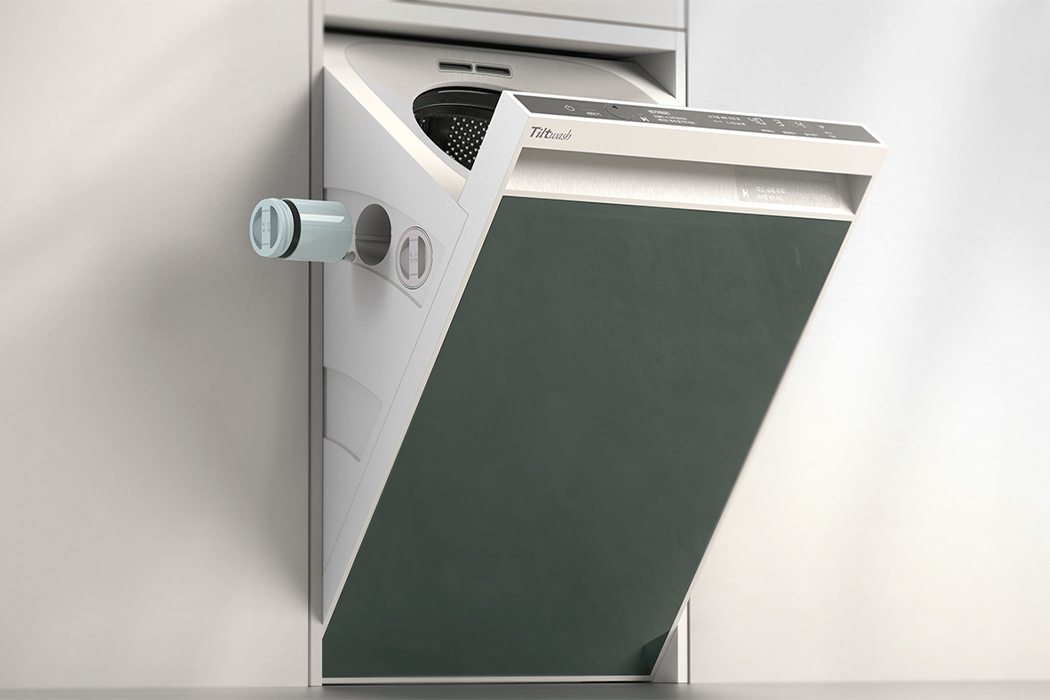
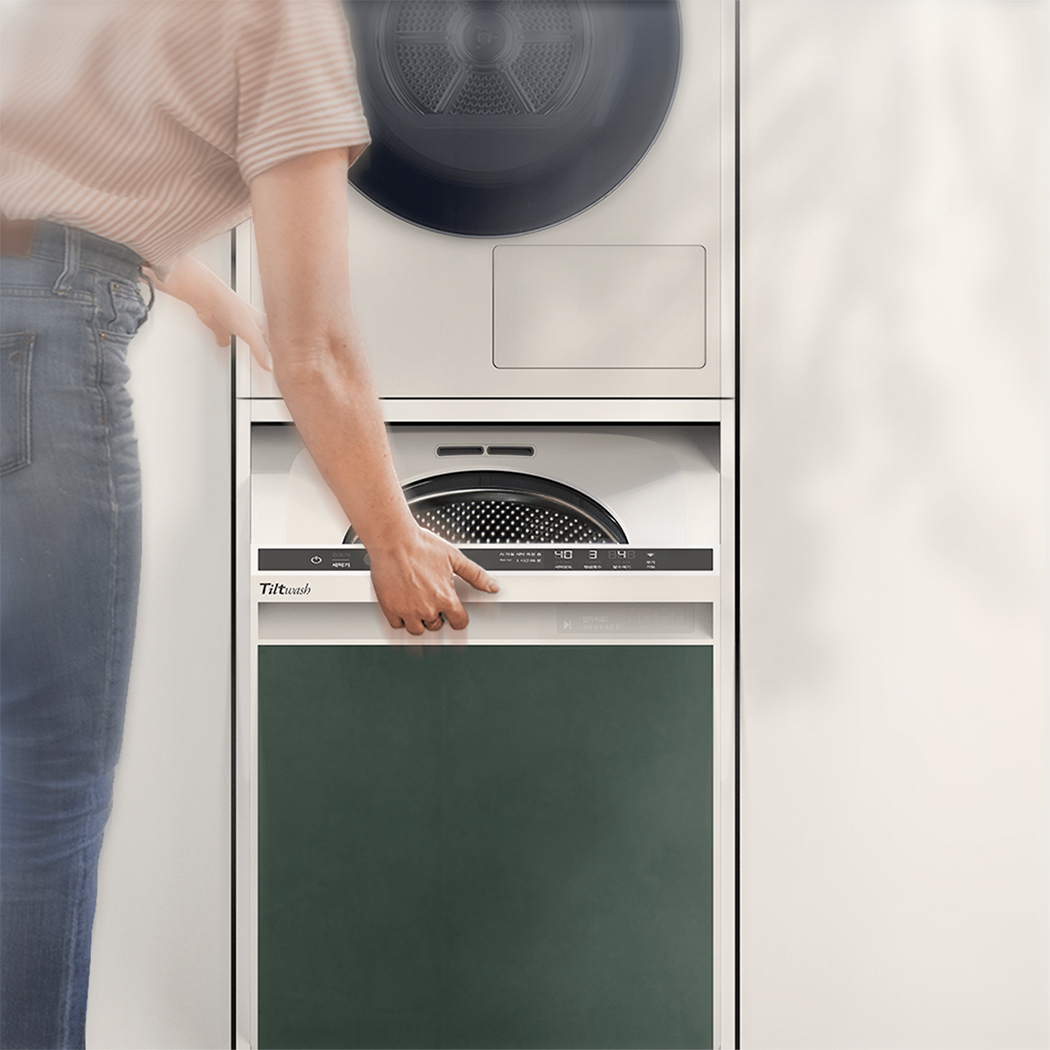
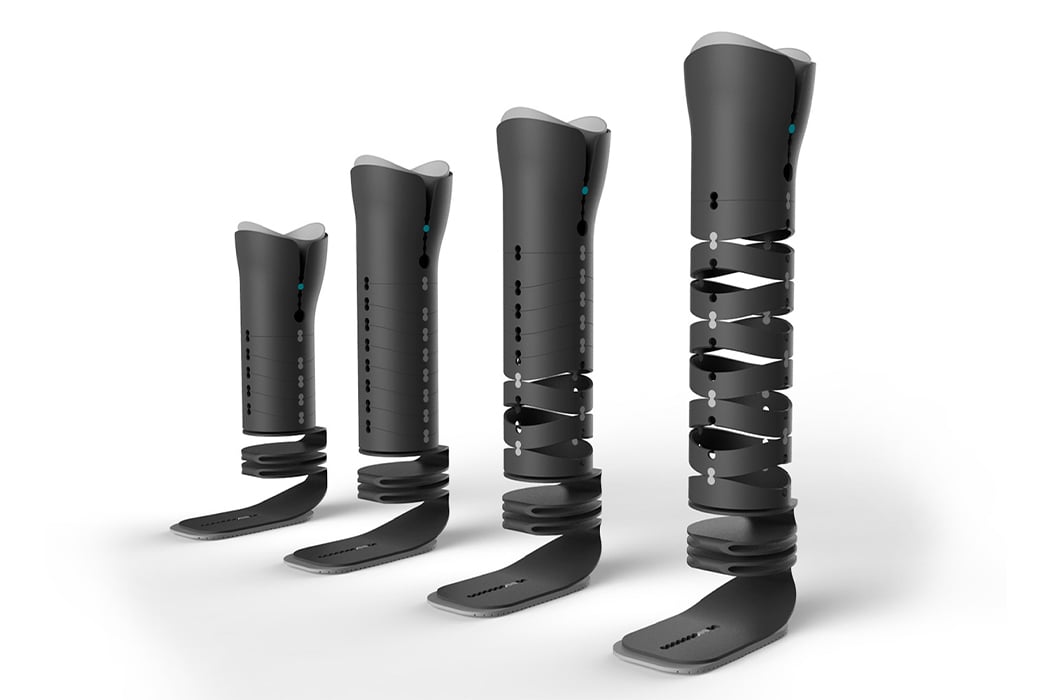
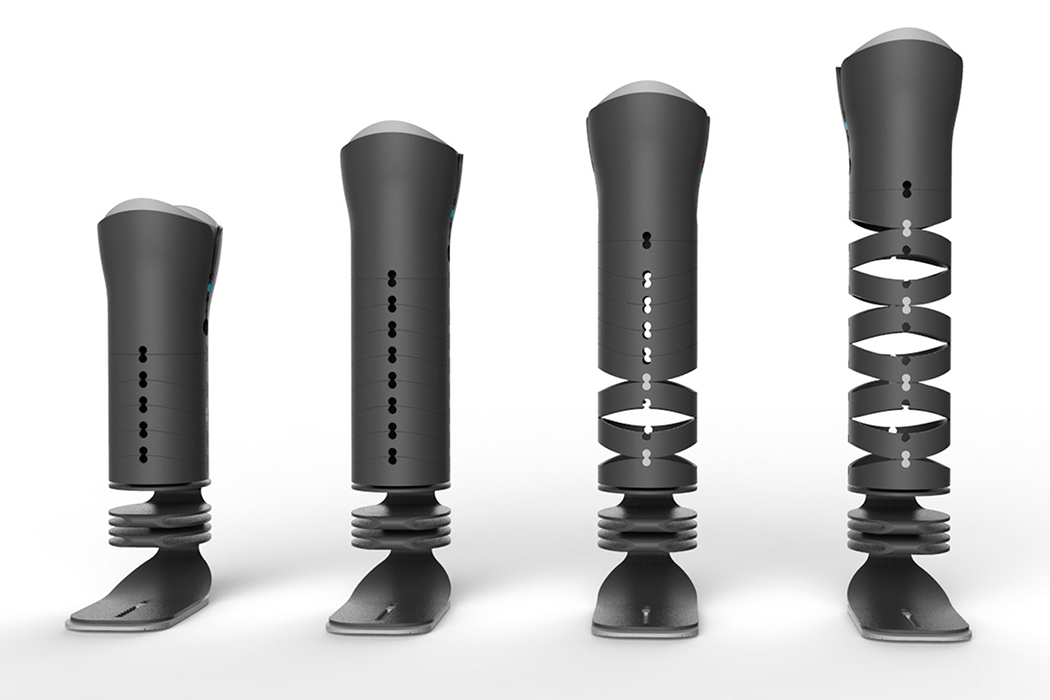

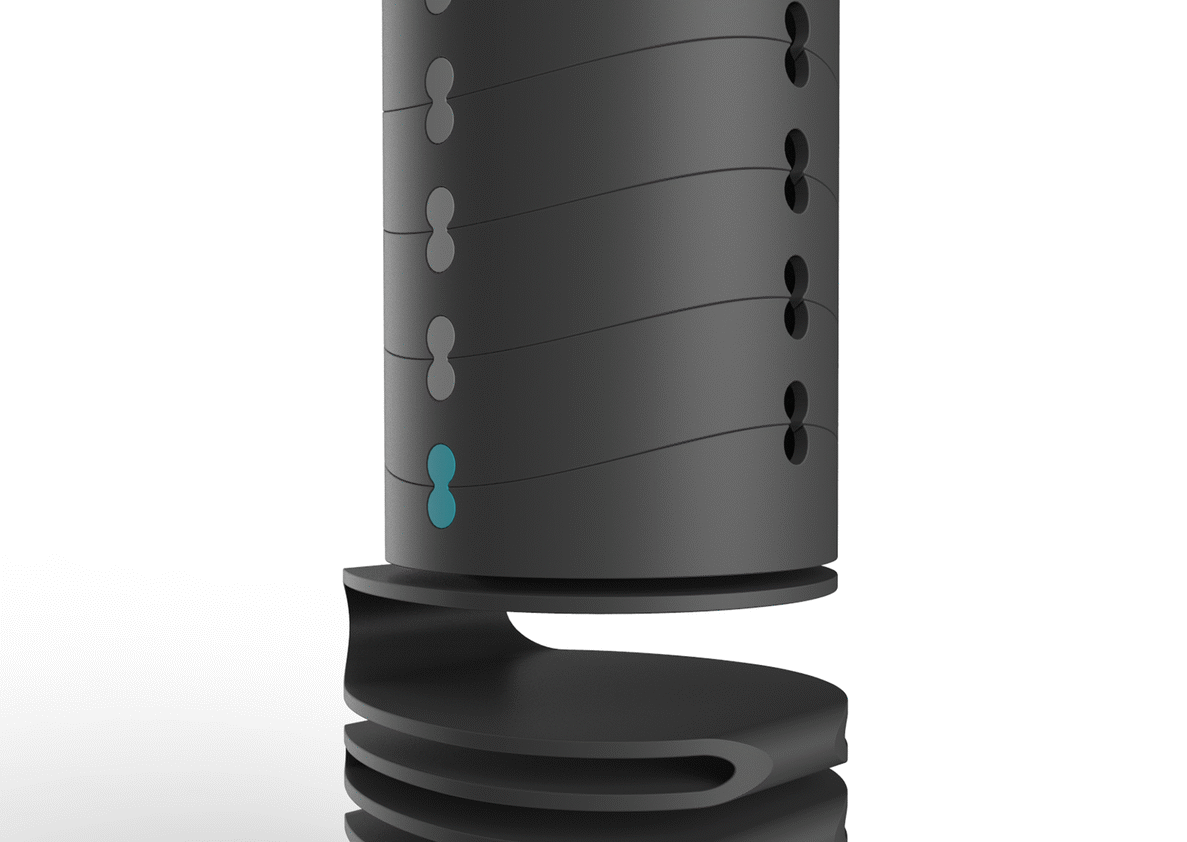
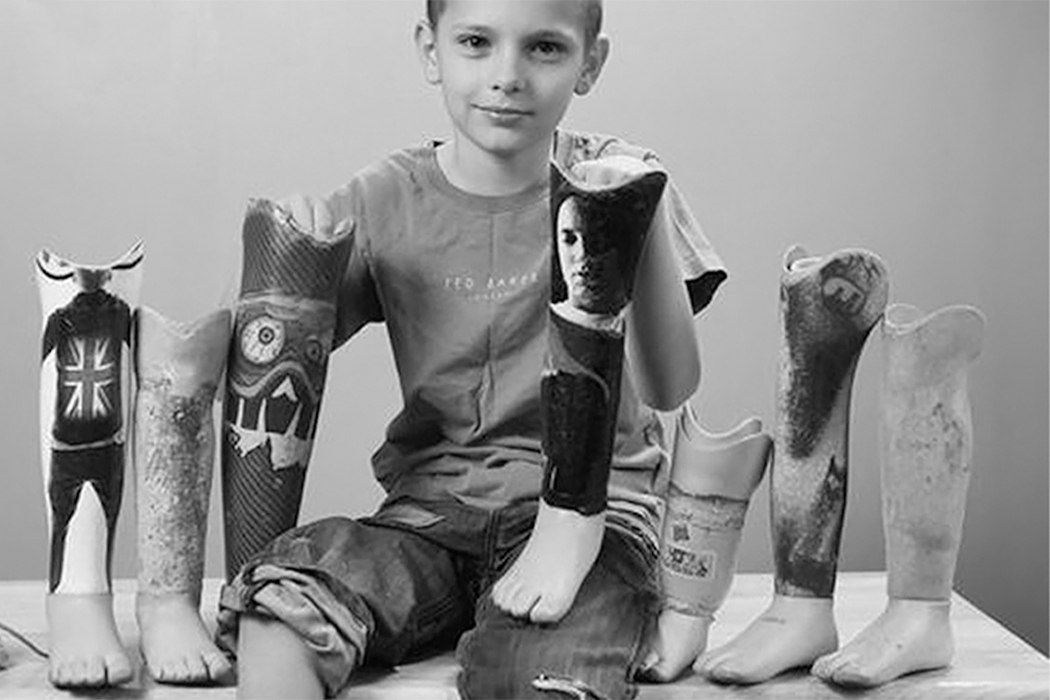
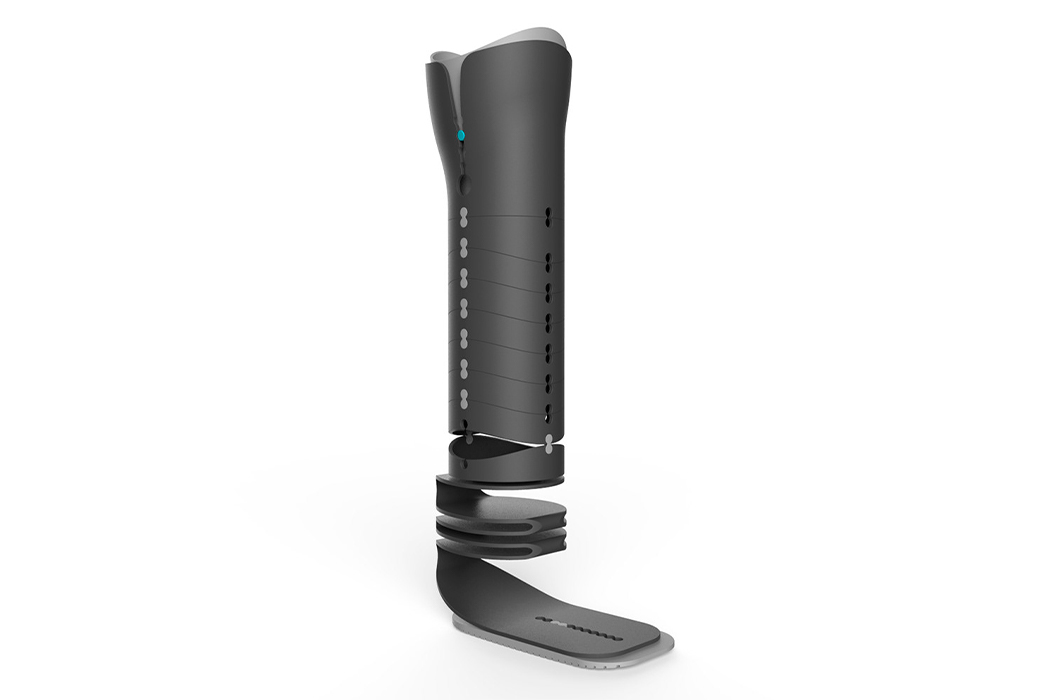
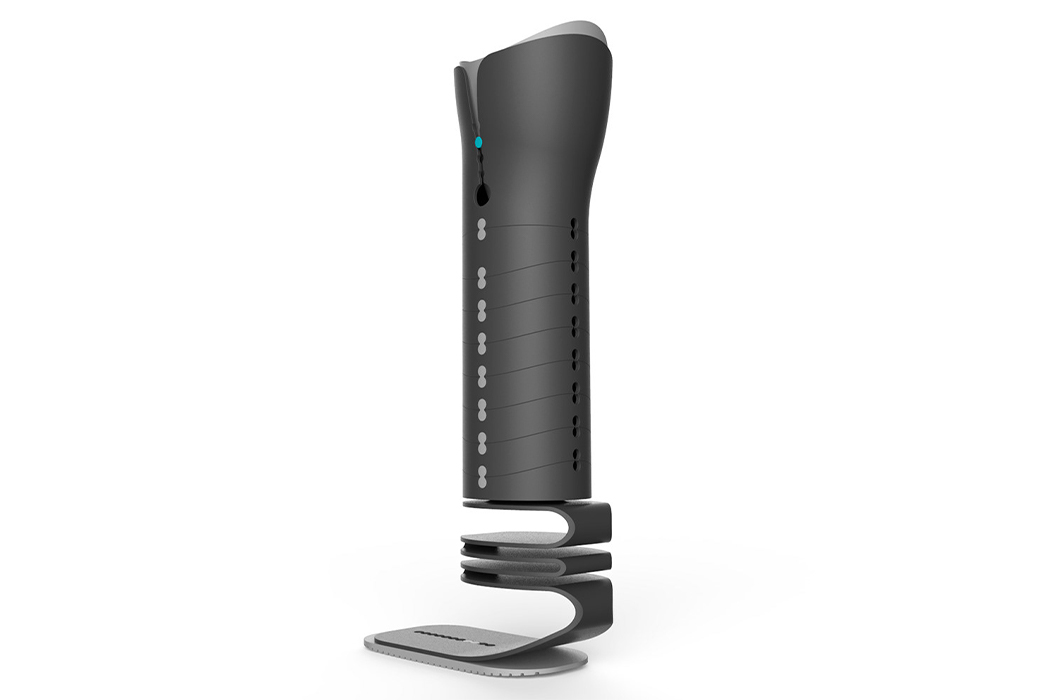
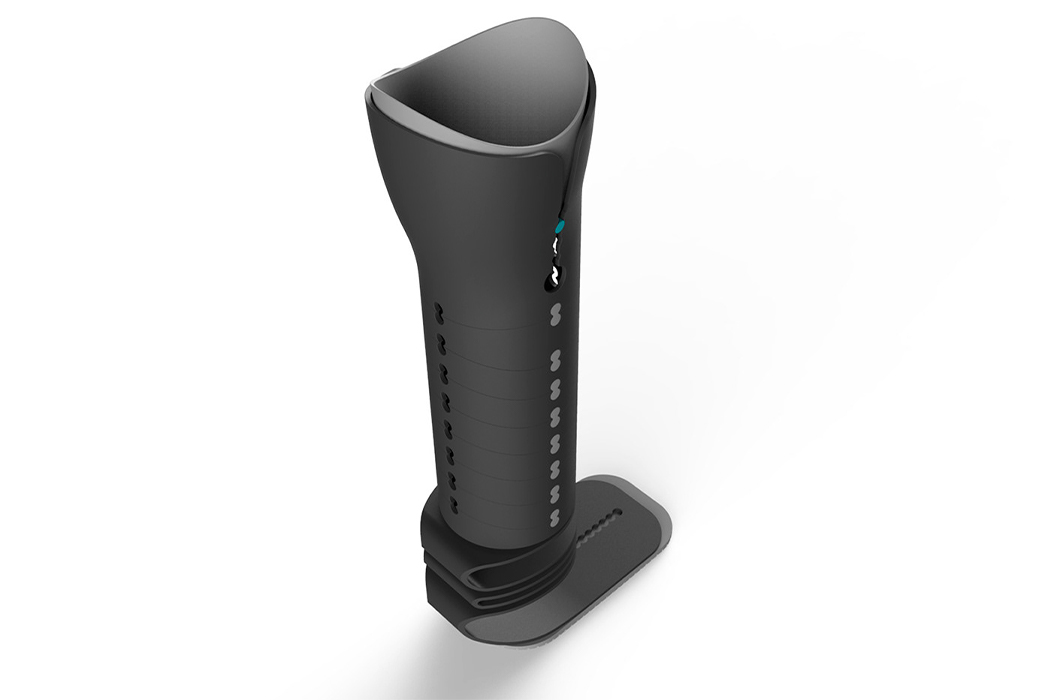
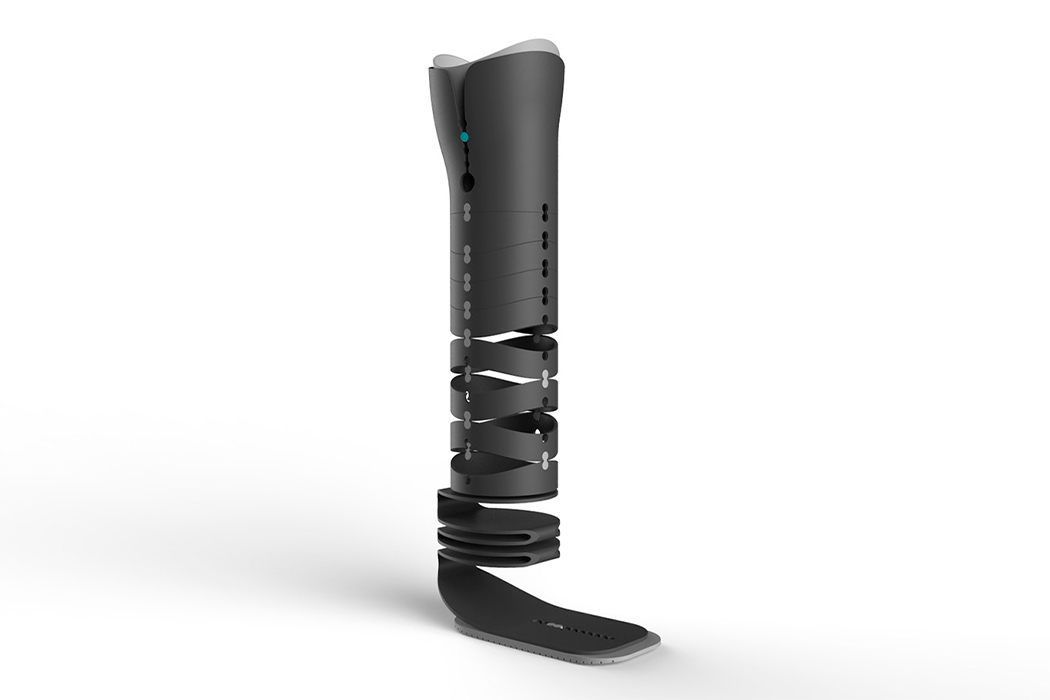
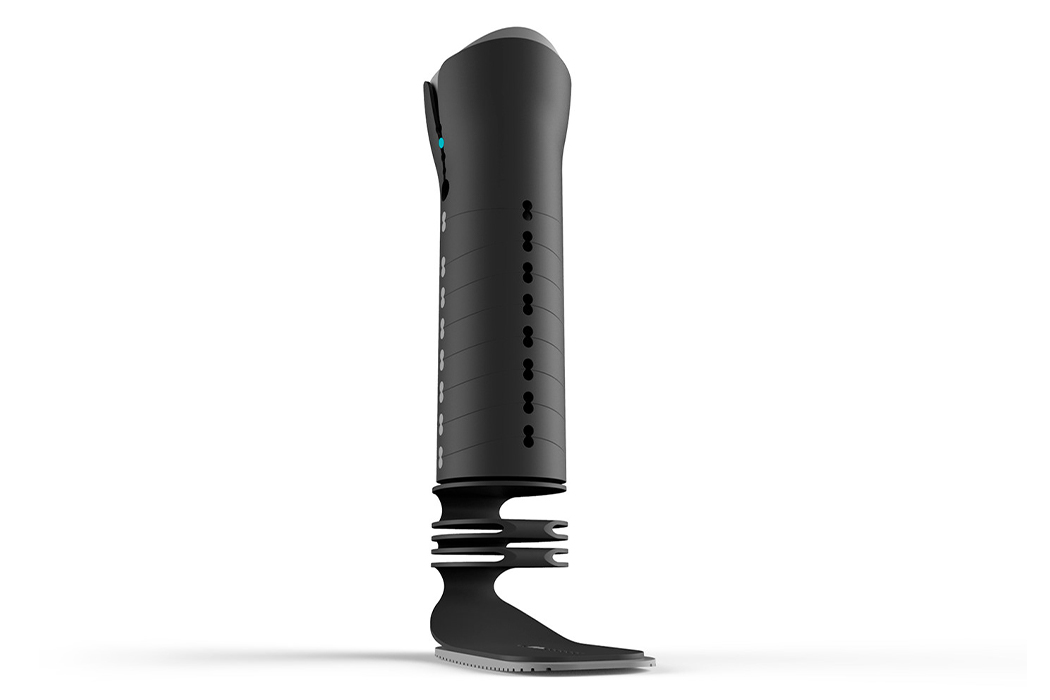

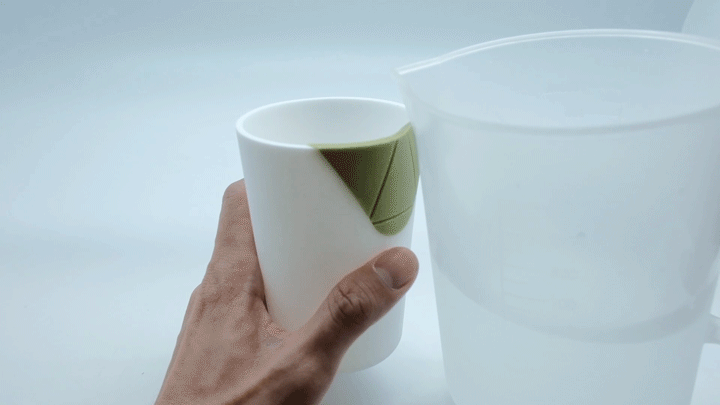
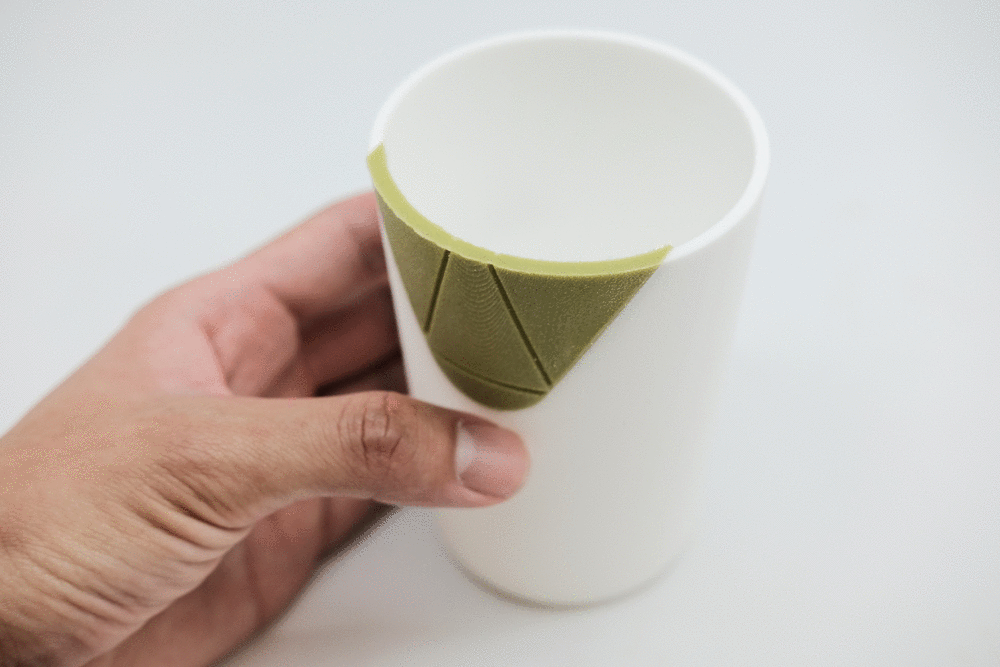
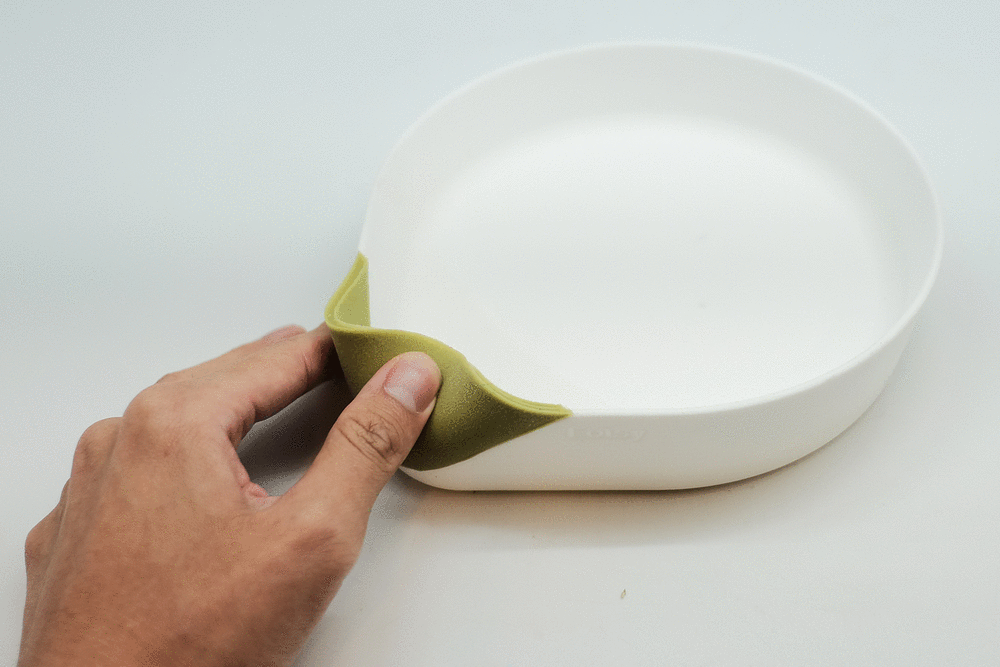
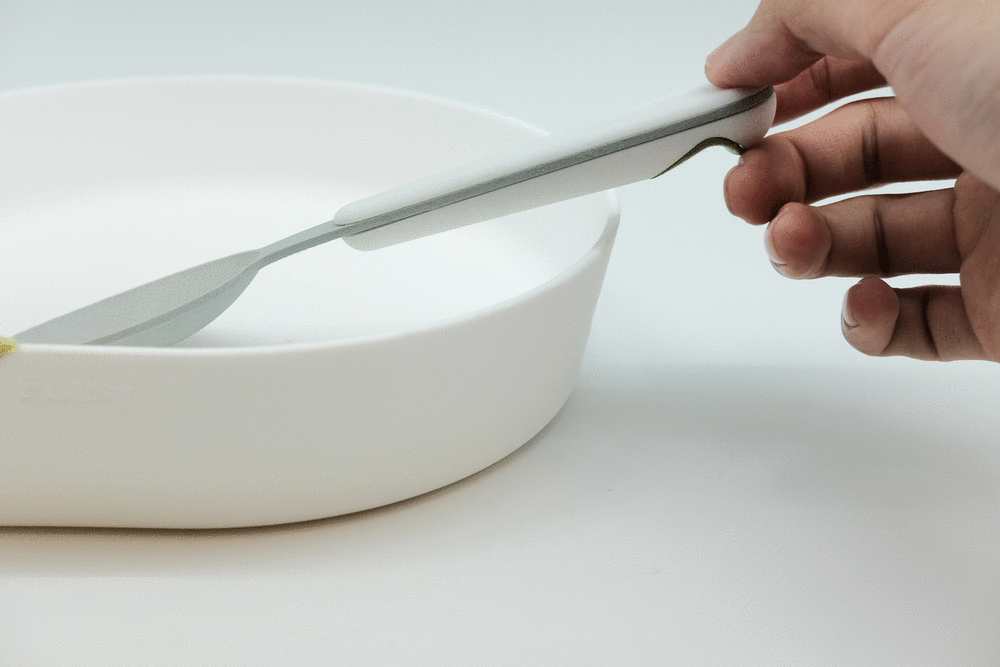






















 It's not unheard of for Make-A-Wish Foundation kids to request tours of their favorite game studios, but when 2K heard that 15-year-old Make-A-Wish recipient William Floyd wanted to visit the NBA 2K headquarters in Novato, California, the company dec...
It's not unheard of for Make-A-Wish Foundation kids to request tours of their favorite game studios, but when 2K heard that 15-year-old Make-A-Wish recipient William Floyd wanted to visit the NBA 2K headquarters in Novato, California, the company dec...
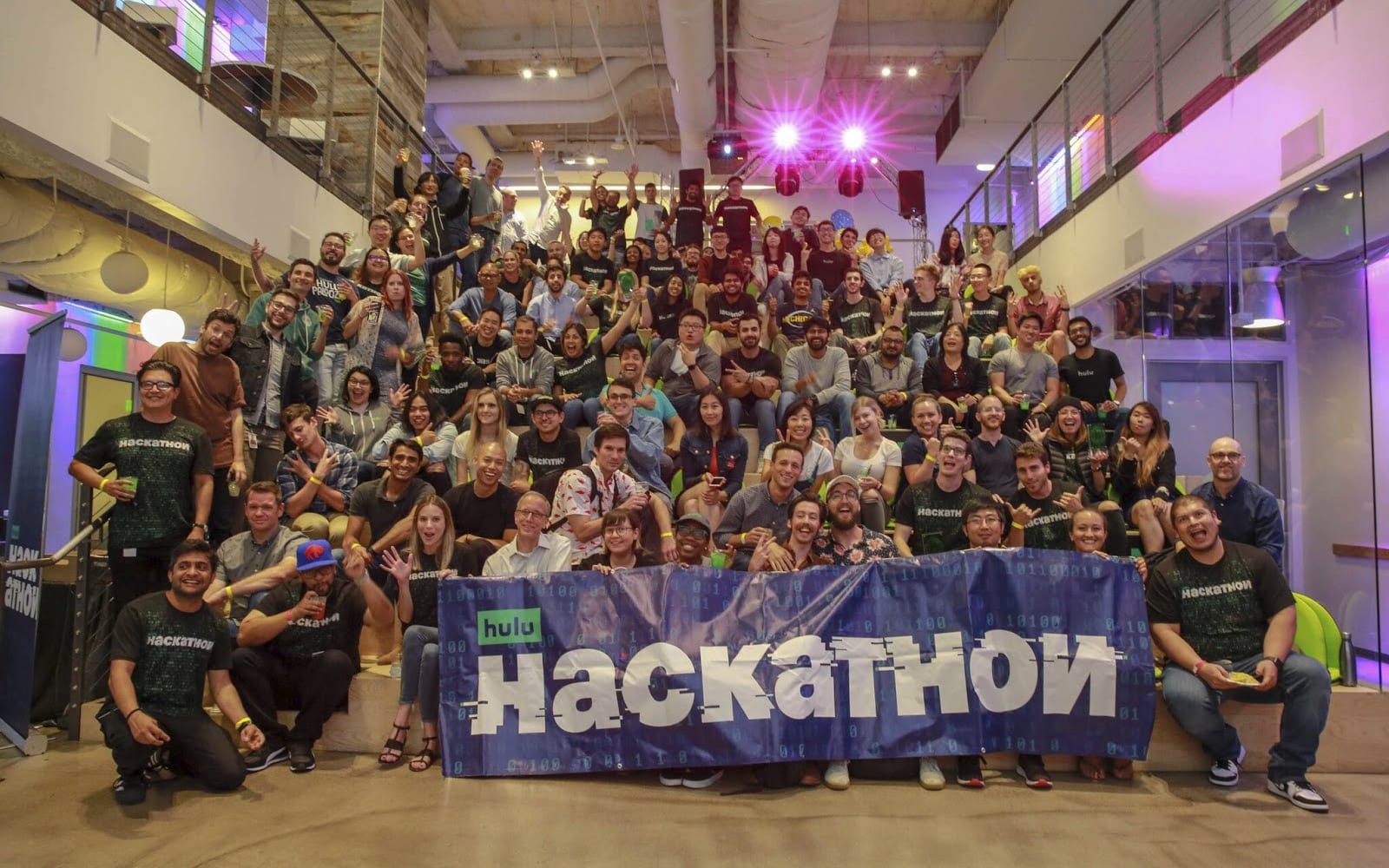 Of the 40 project ideas that came out of Hulu's annual hackathon this summer, more than a quarter addressed the needs of users with disabilities. Today, Hulu shared some of those accessibility-focused concepts.
Of the 40 project ideas that came out of Hulu's annual hackathon this summer, more than a quarter addressed the needs of users with disabilities. Today, Hulu shared some of those accessibility-focused concepts.
 For people who are blind or visually impaired, listening to a music video is often just like listening to the track. The band X Ambassadors wants to change that. They've teamed up with Microsoft to create an "audio-only music video" that's meant to a...
For people who are blind or visually impaired, listening to a music video is often just like listening to the track. The band X Ambassadors wants to change that. They've teamed up with Microsoft to create an "audio-only music video" that's meant to a...
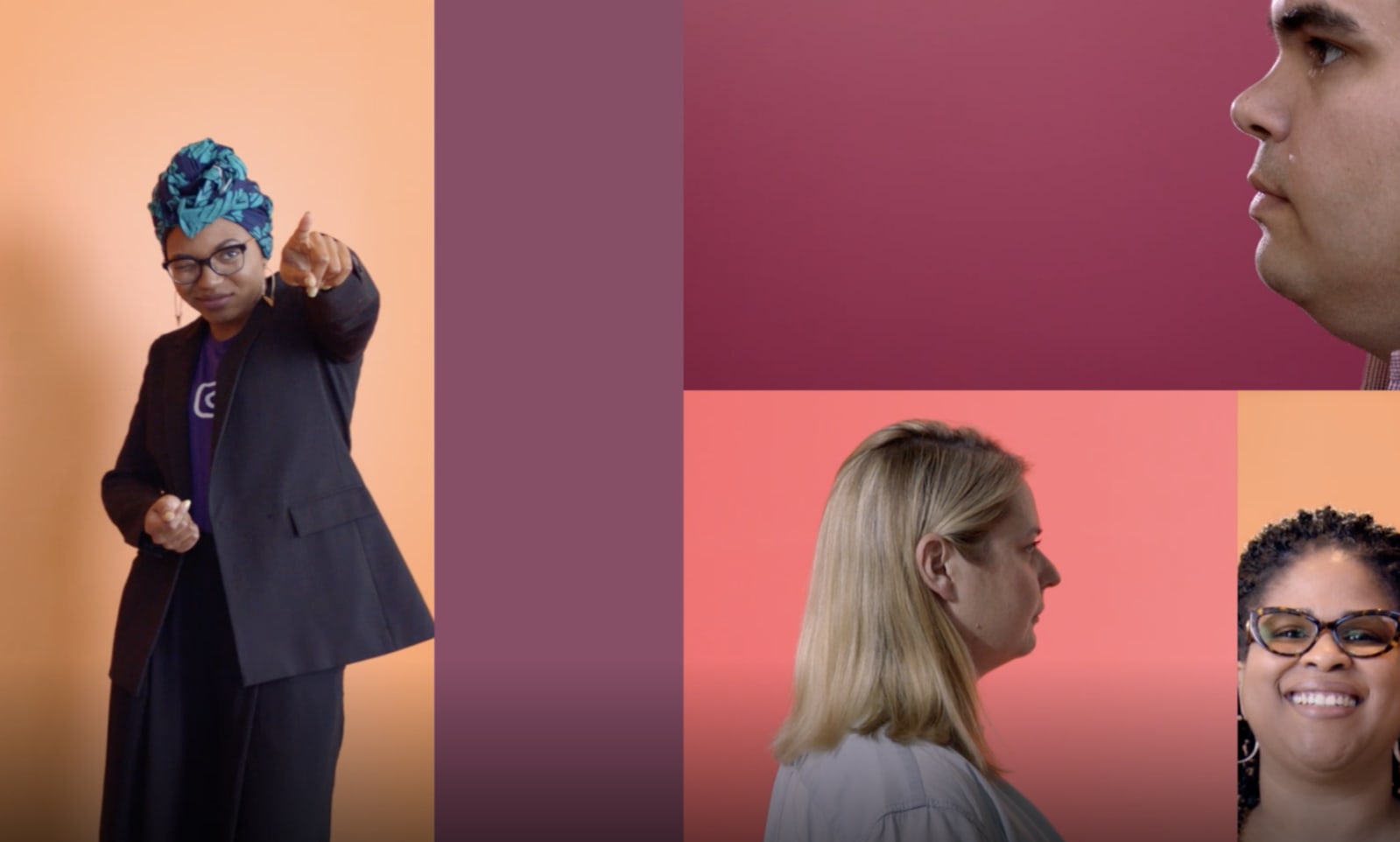 Facebook is more diverse than it was six years ago, but the company admits it has a long way to go. Today, Facebook released its 2019 Diversity Report, and while it employs more women and minorities than it did a few years ago, it's still predominant...
Facebook is more diverse than it was six years ago, but the company admits it has a long way to go. Today, Facebook released its 2019 Diversity Report, and while it employs more women and minorities than it did a few years ago, it's still predominant...